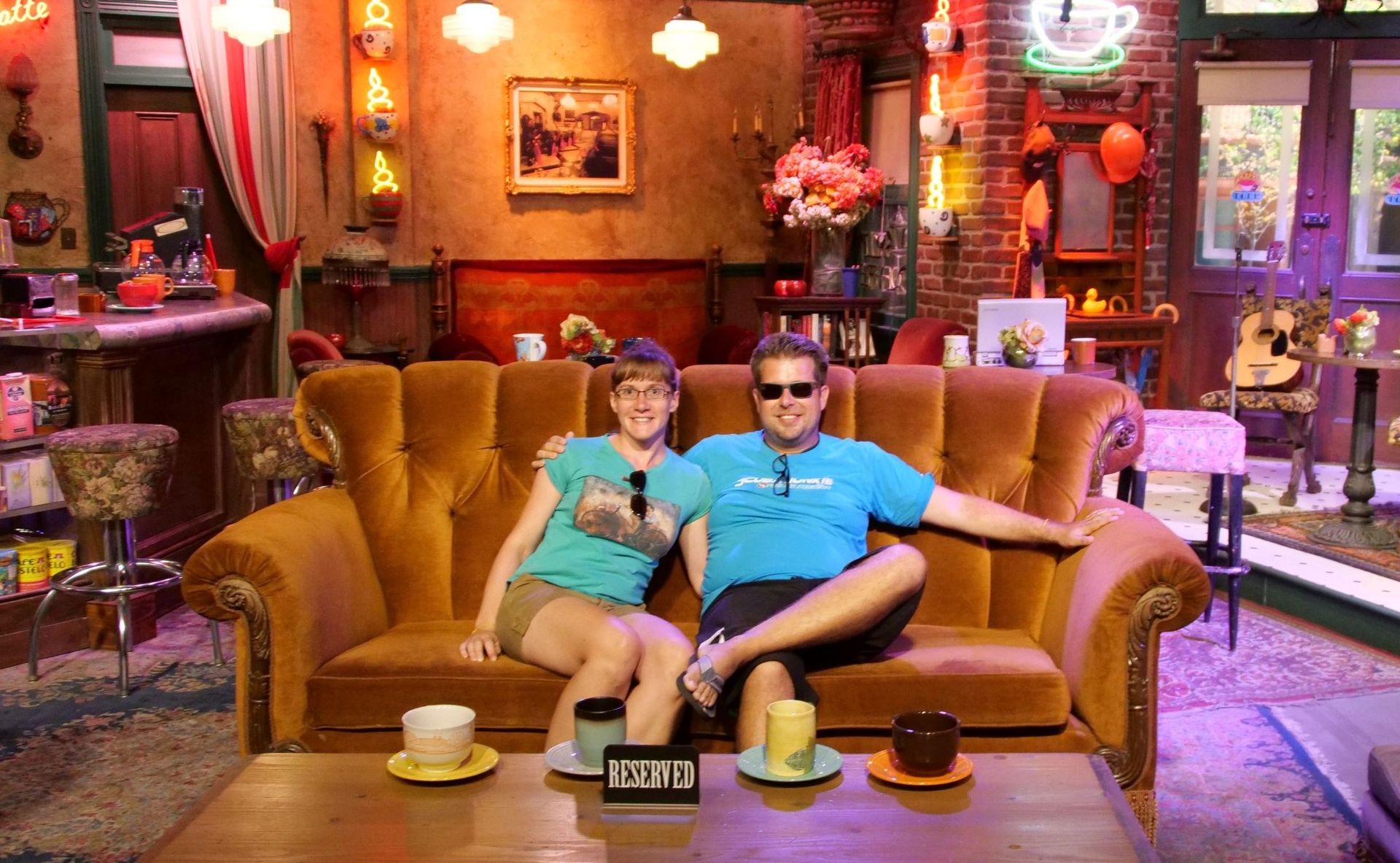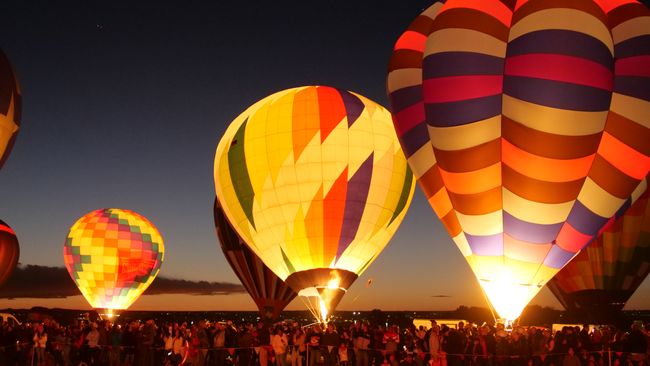08/01/2020 to 10/01/2020 - Boston / USA
Publikováno: 15.07.2022
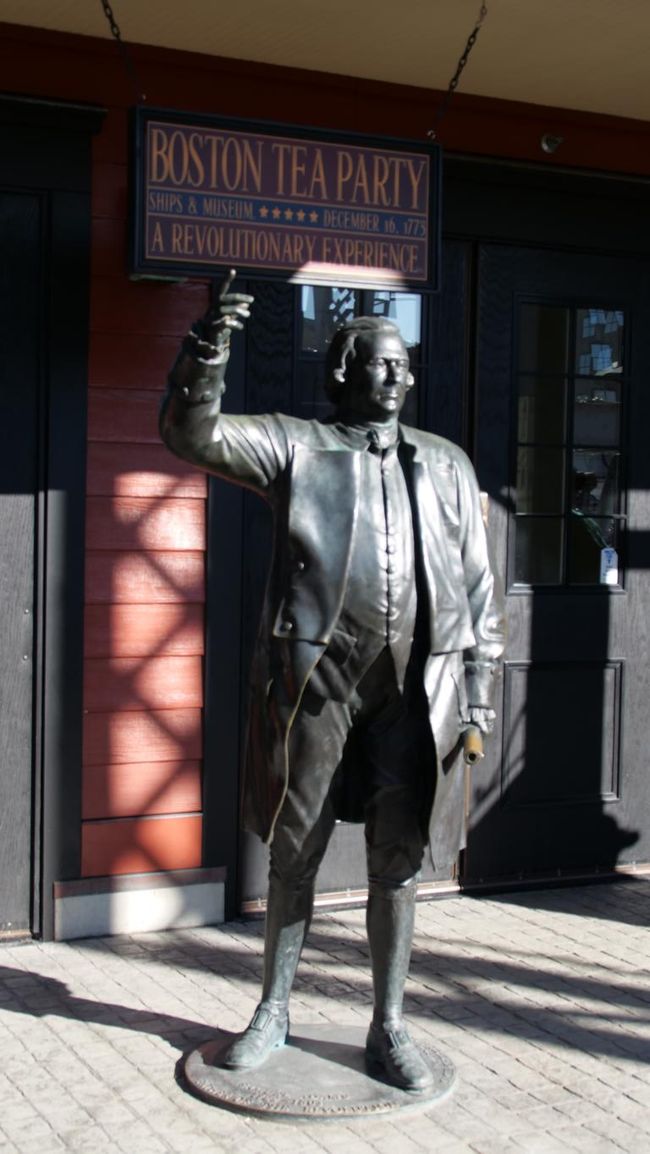
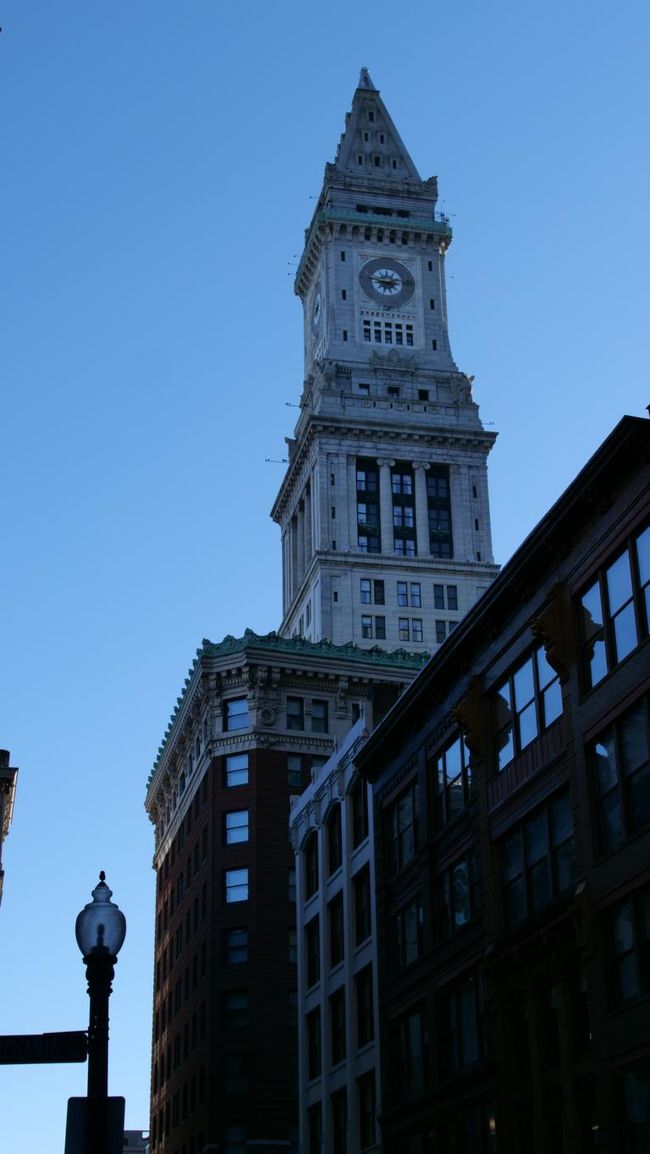
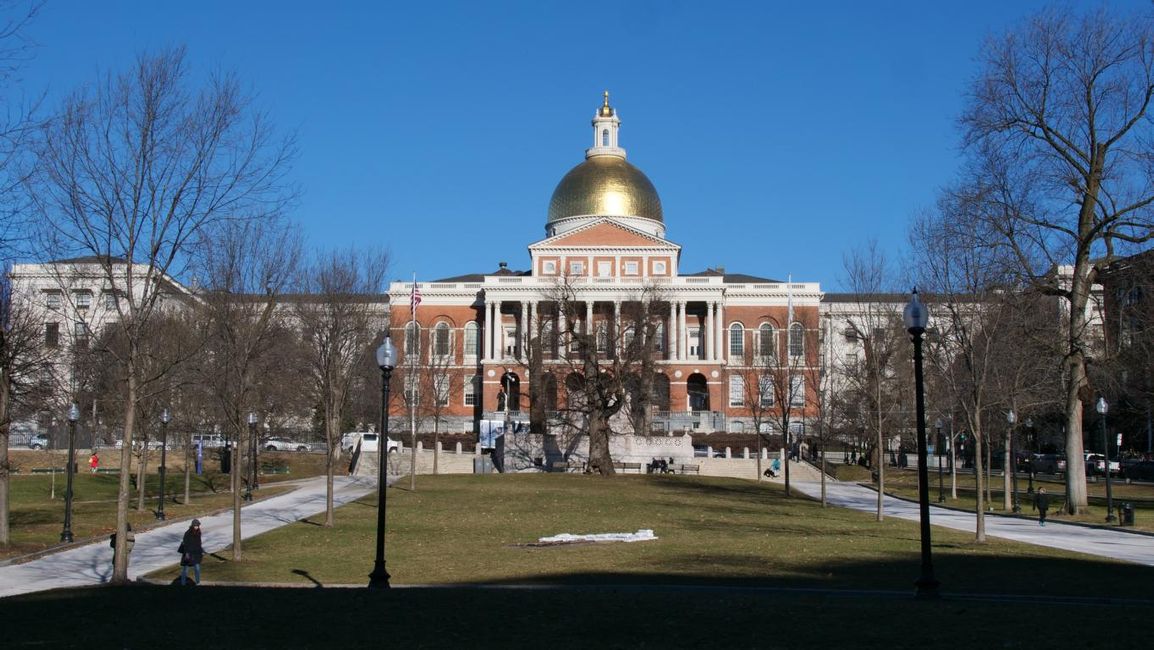
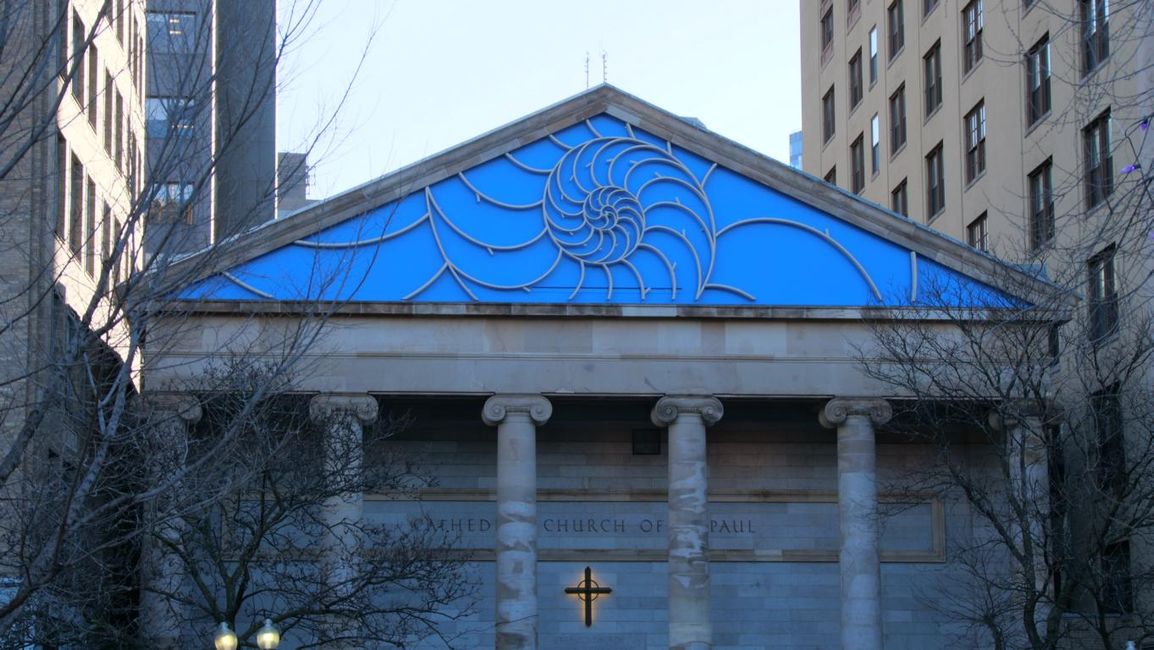
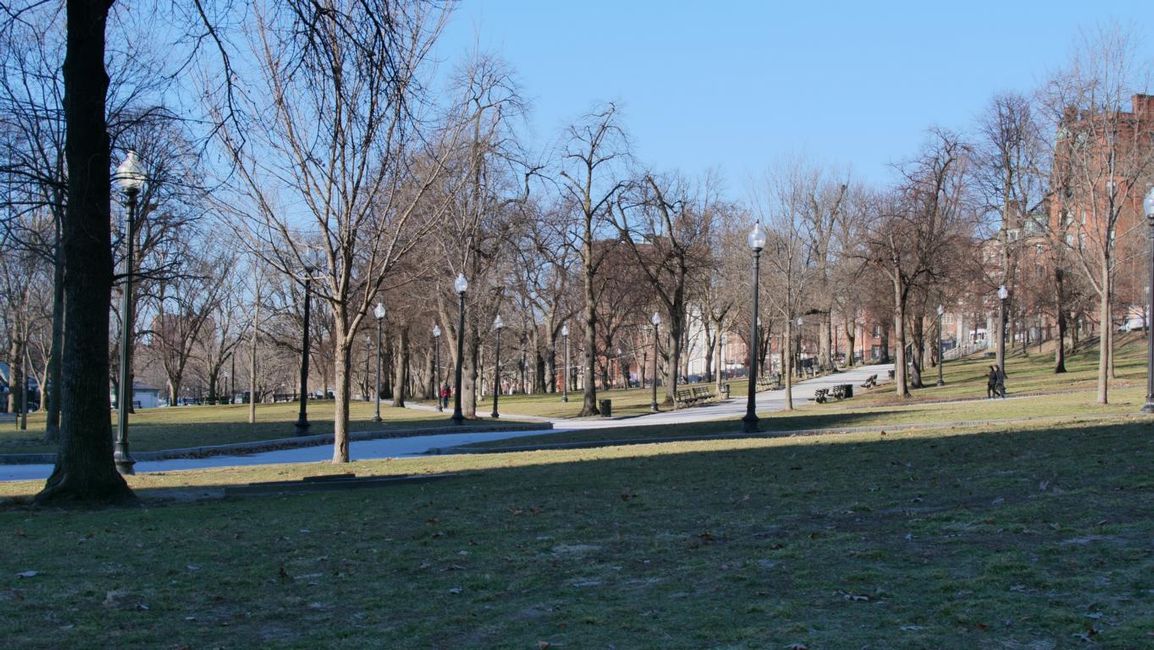
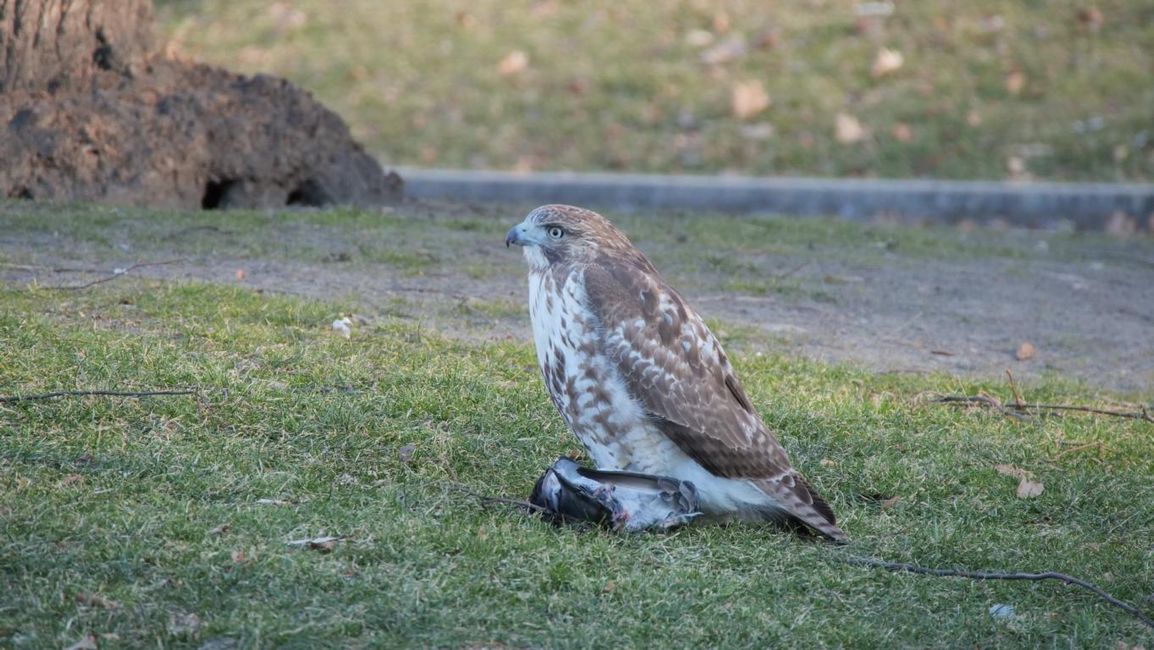
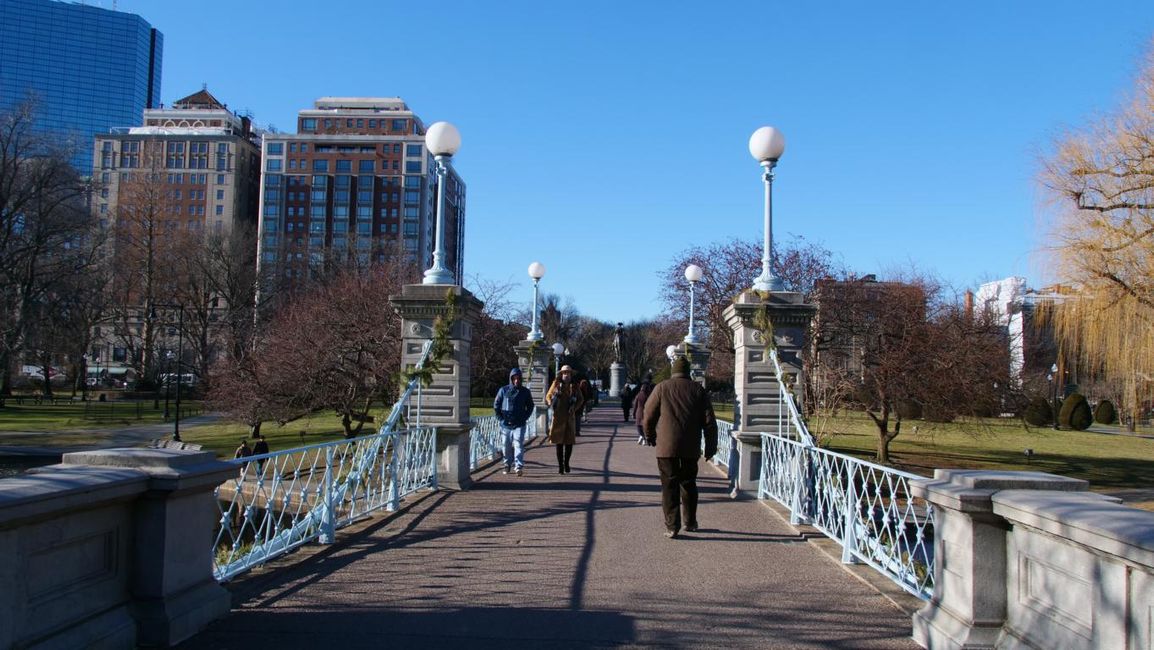
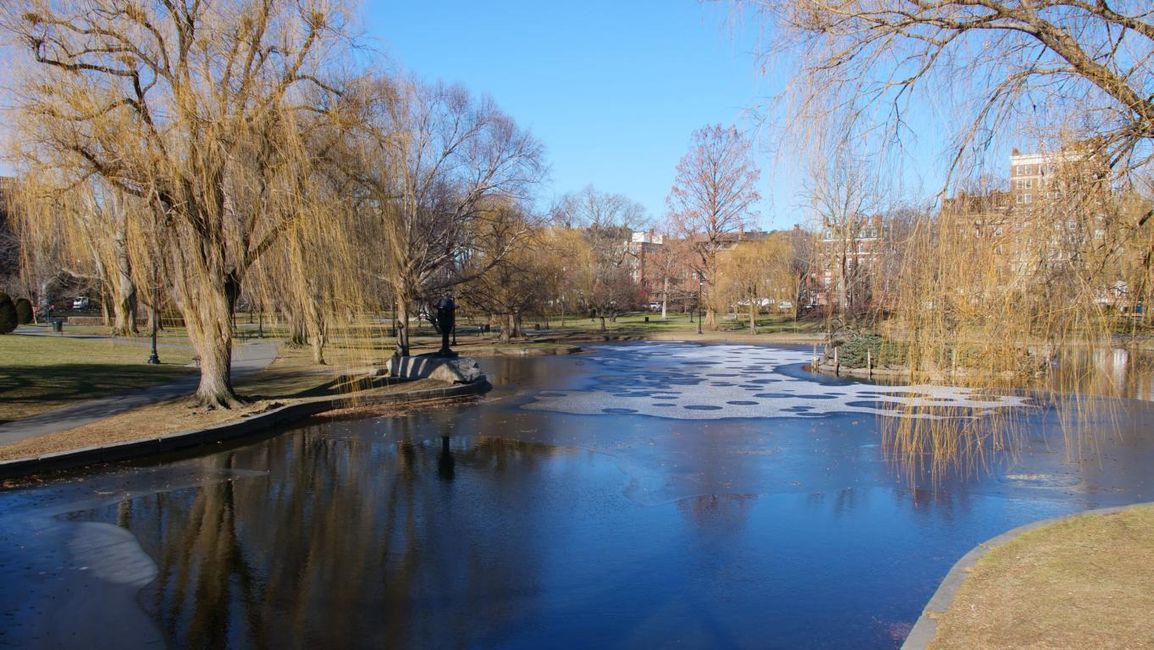
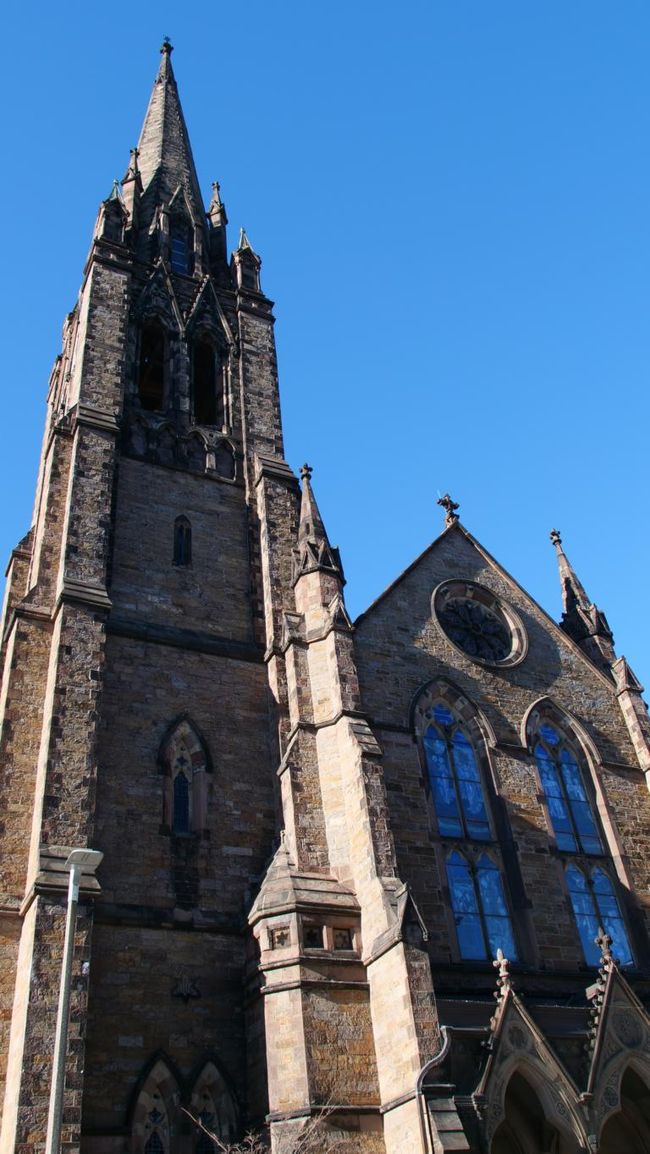
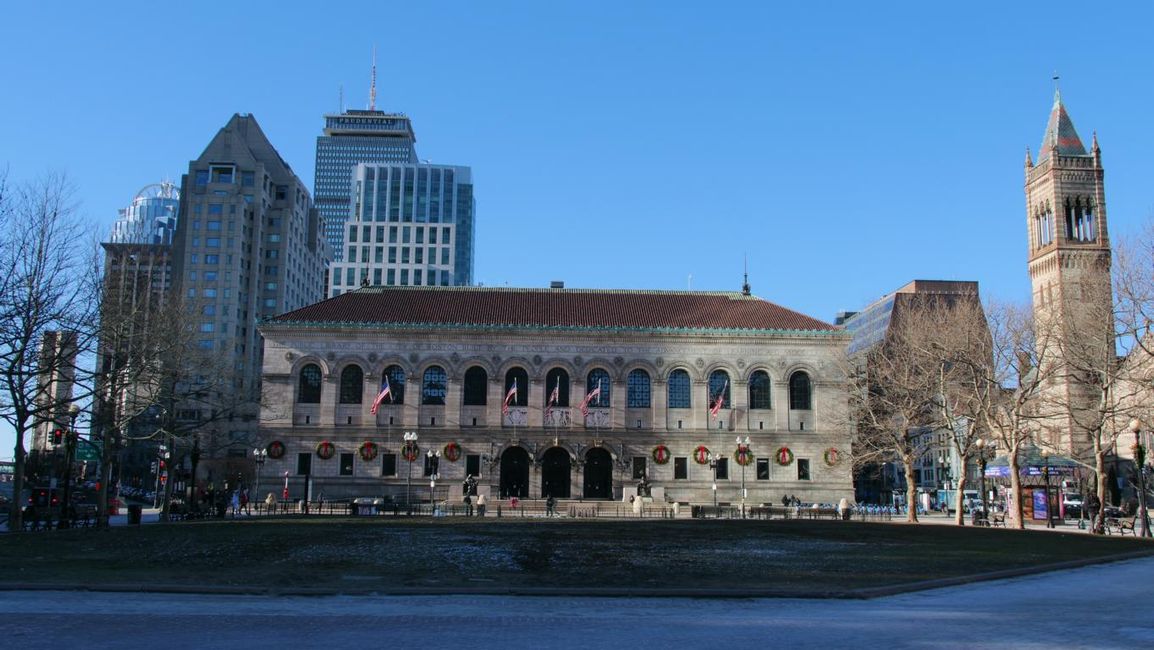
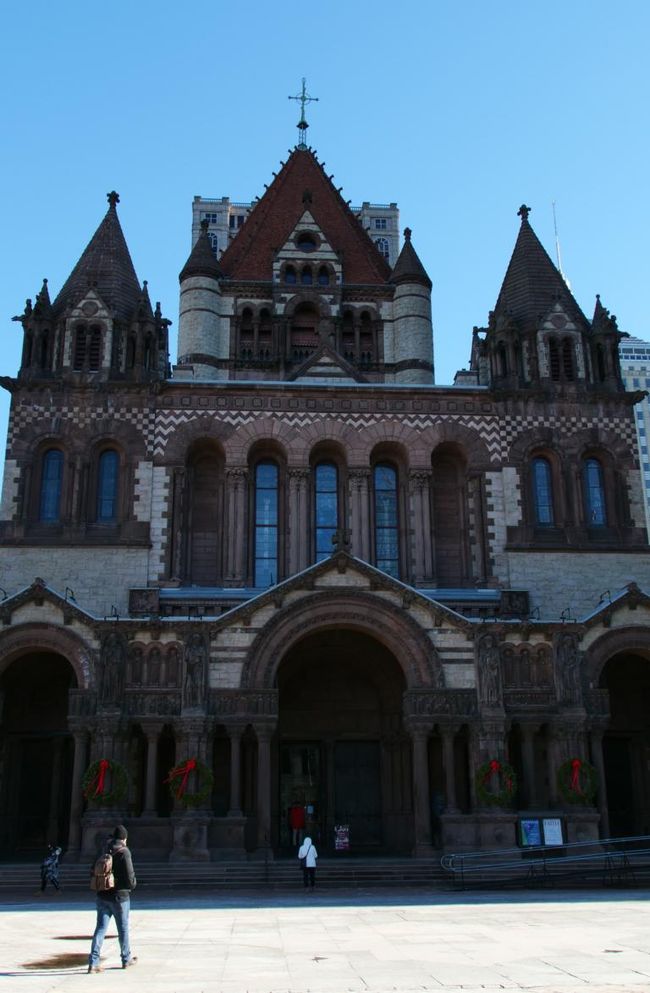
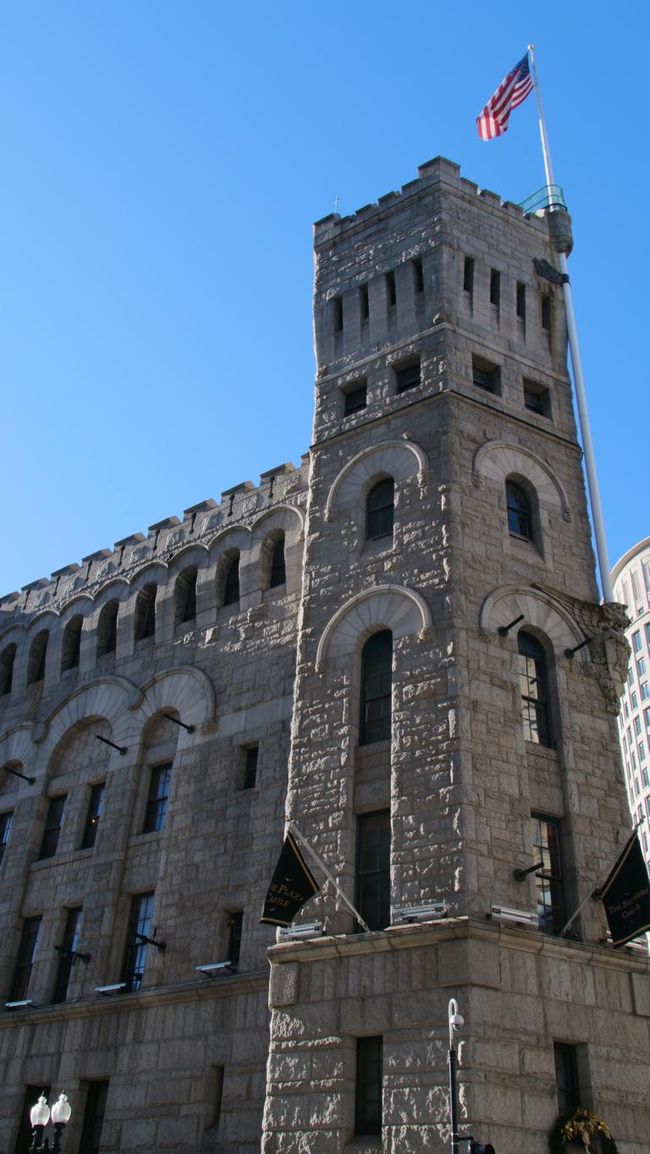
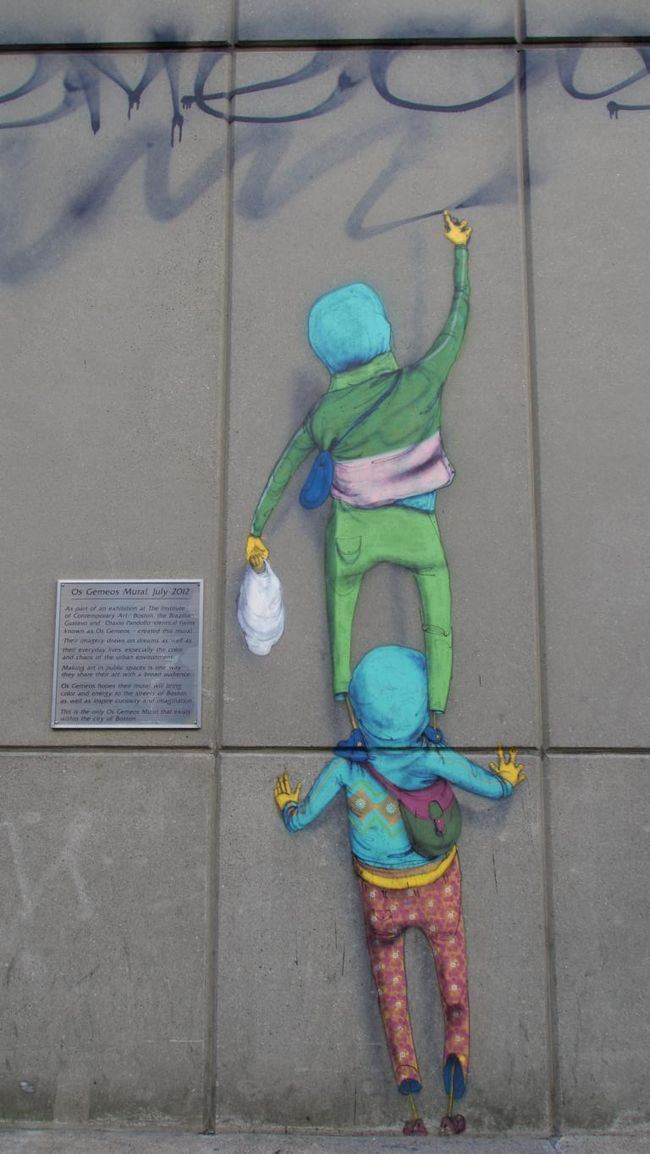
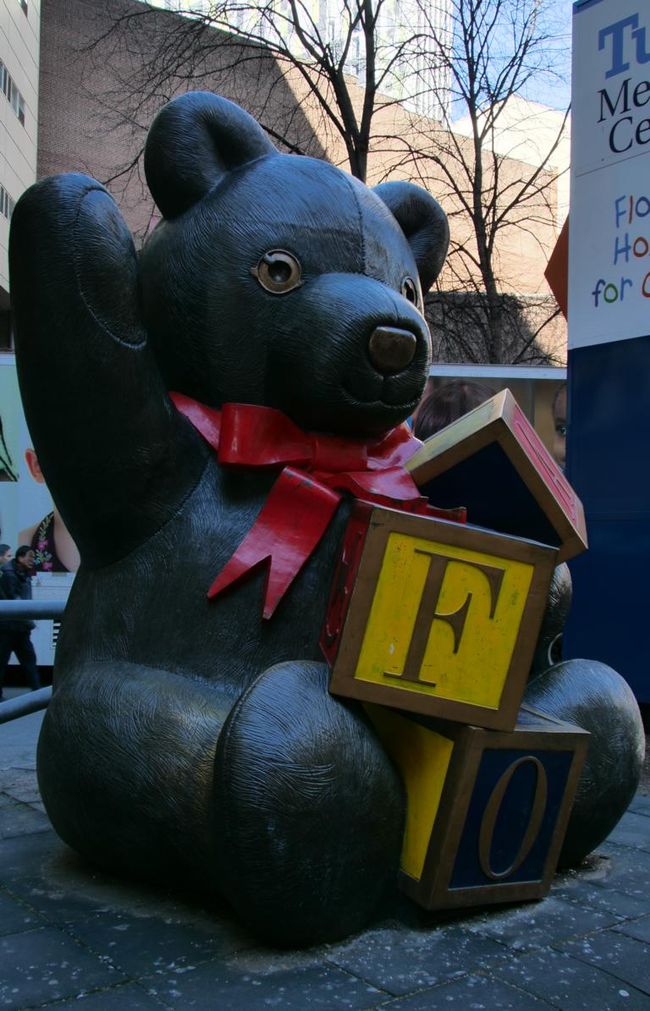
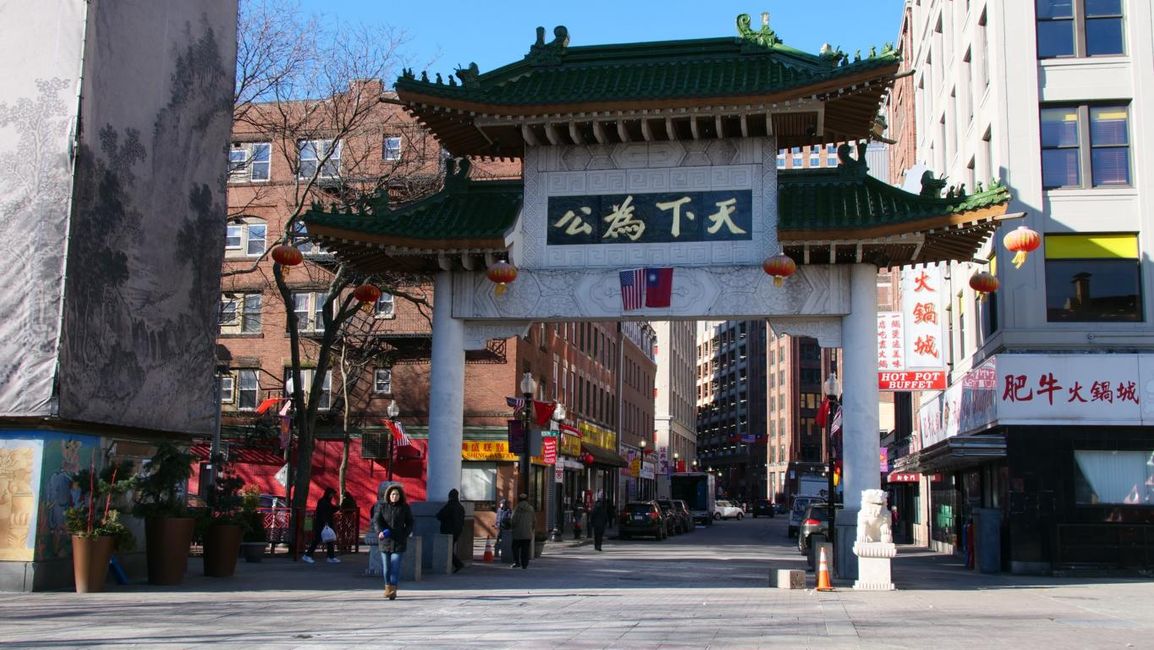
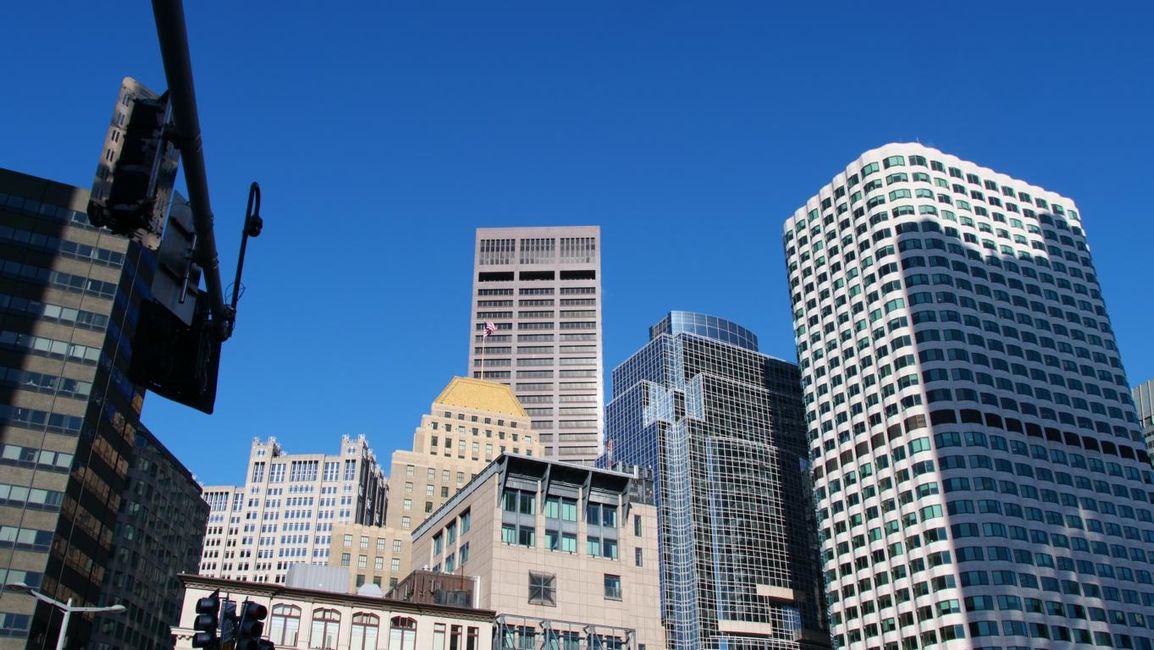
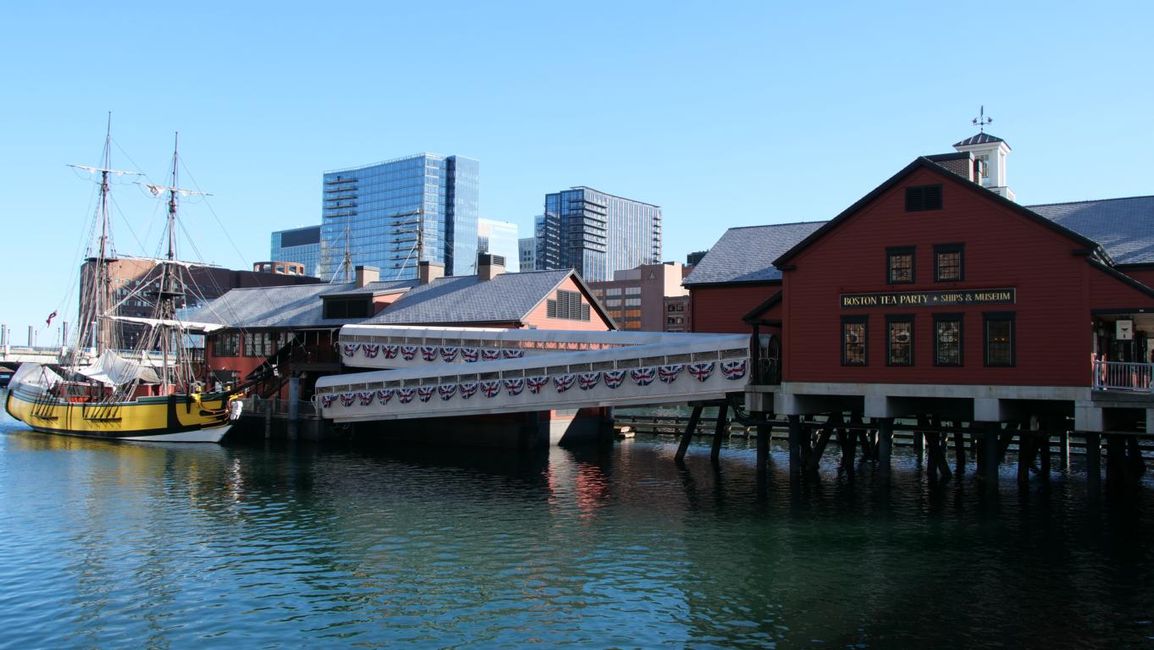
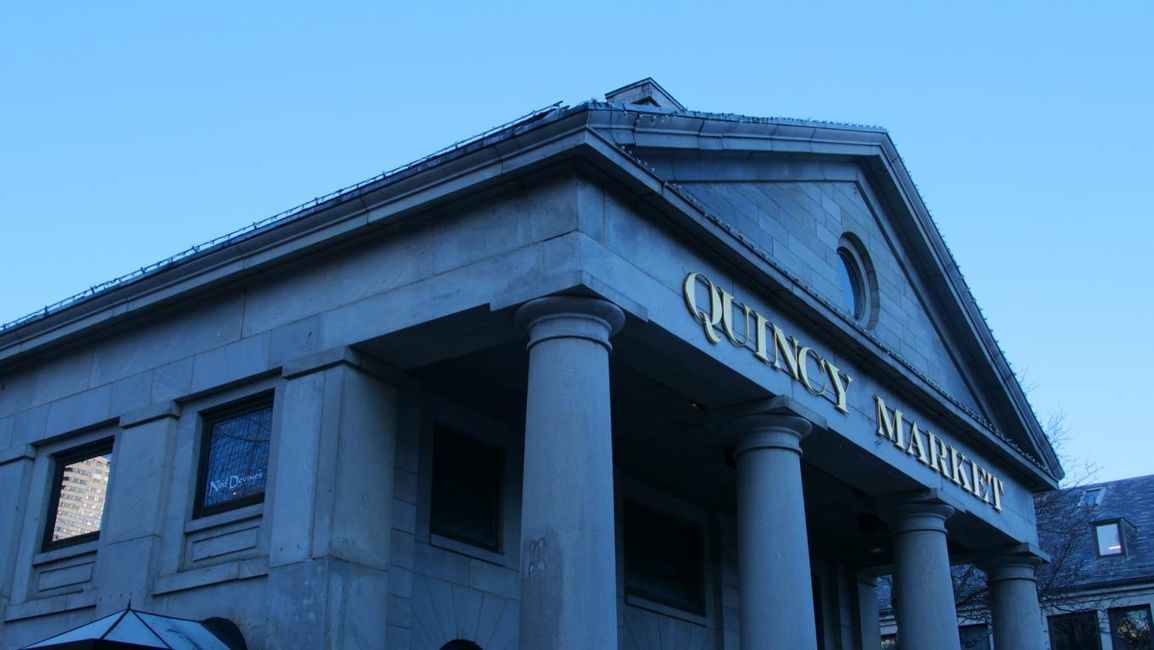
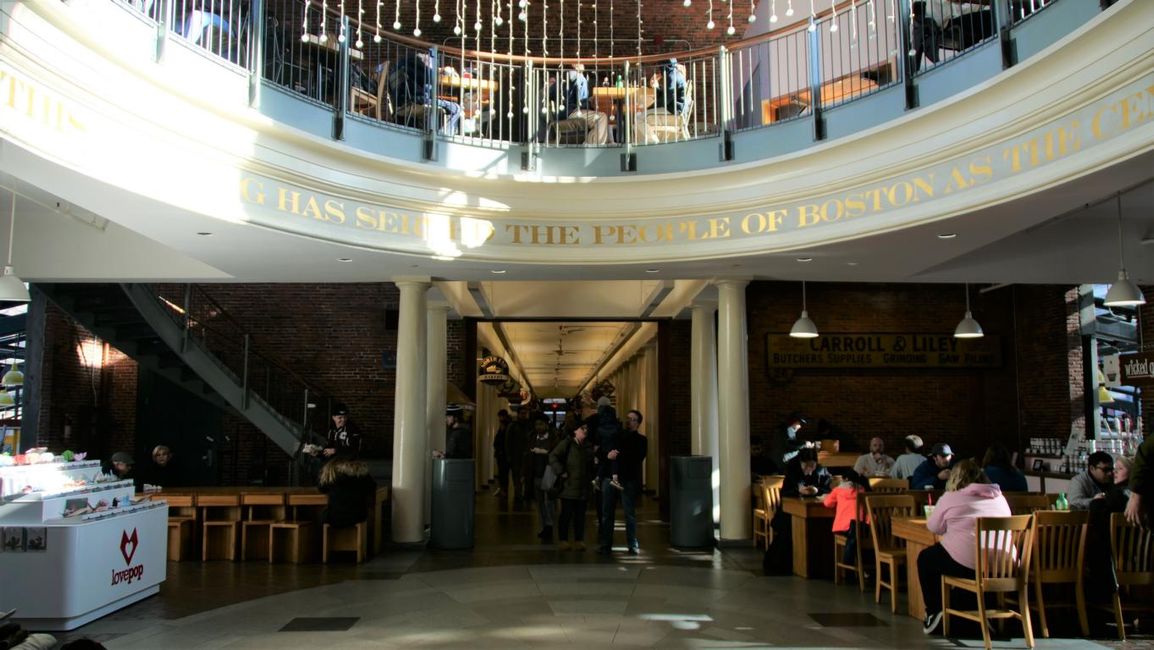
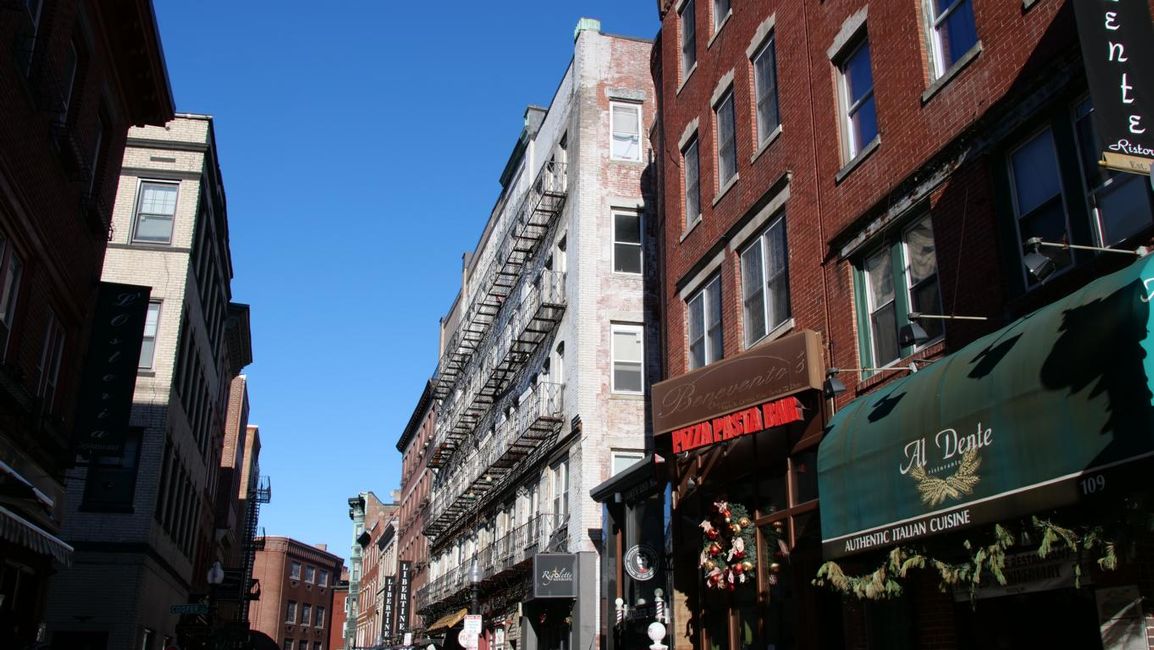
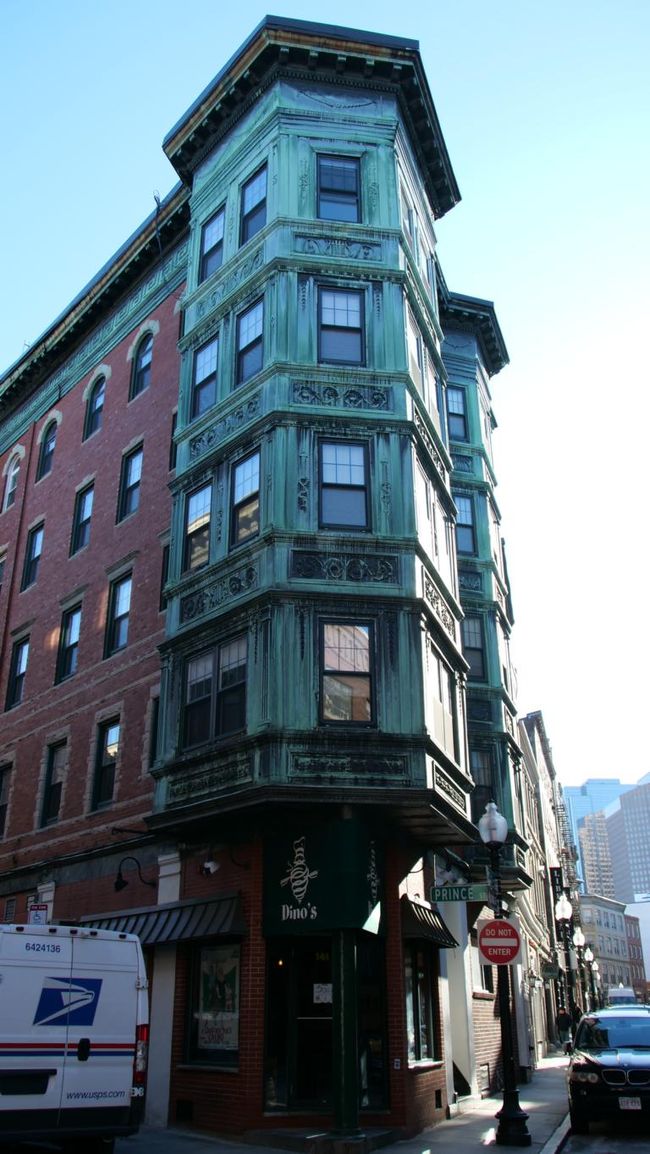
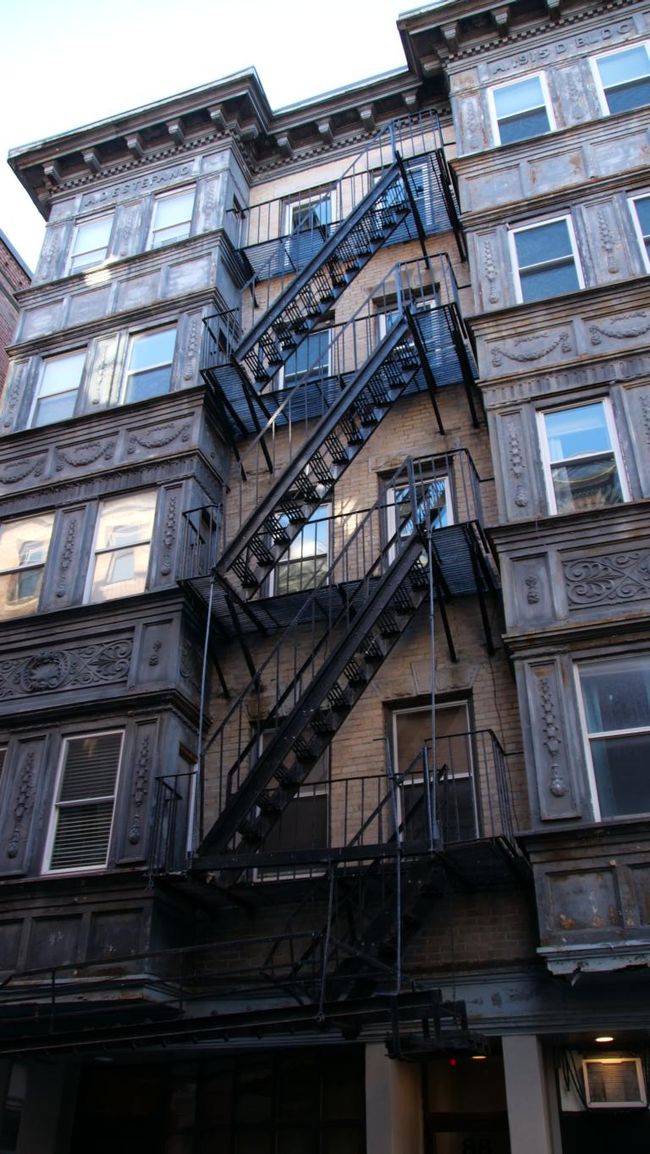
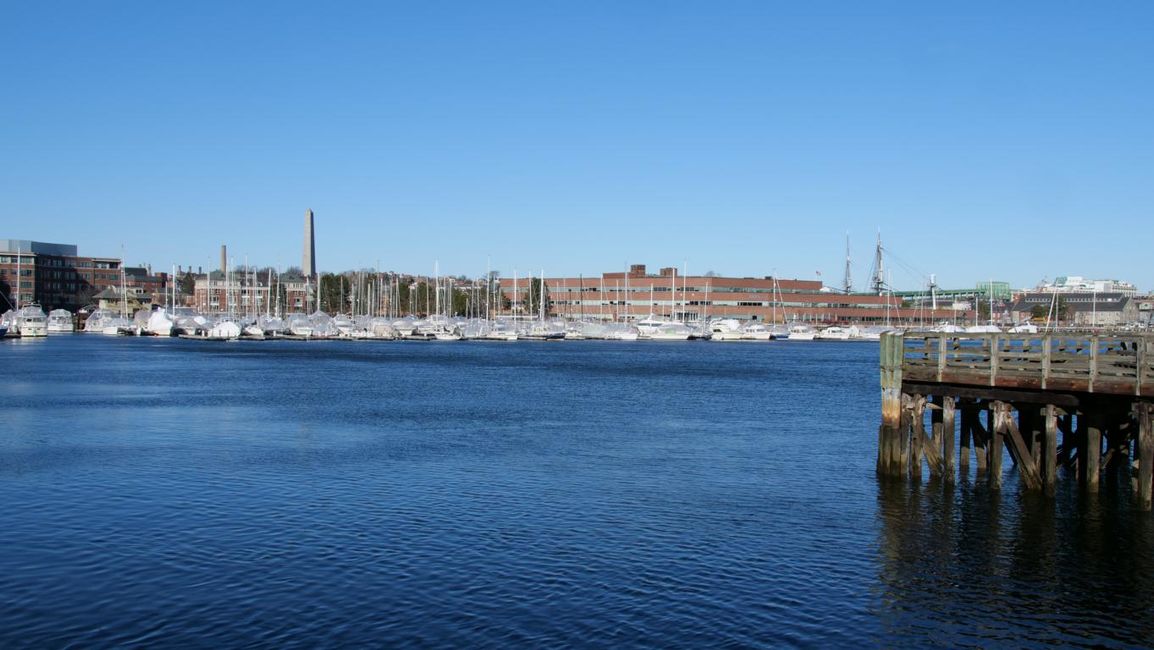
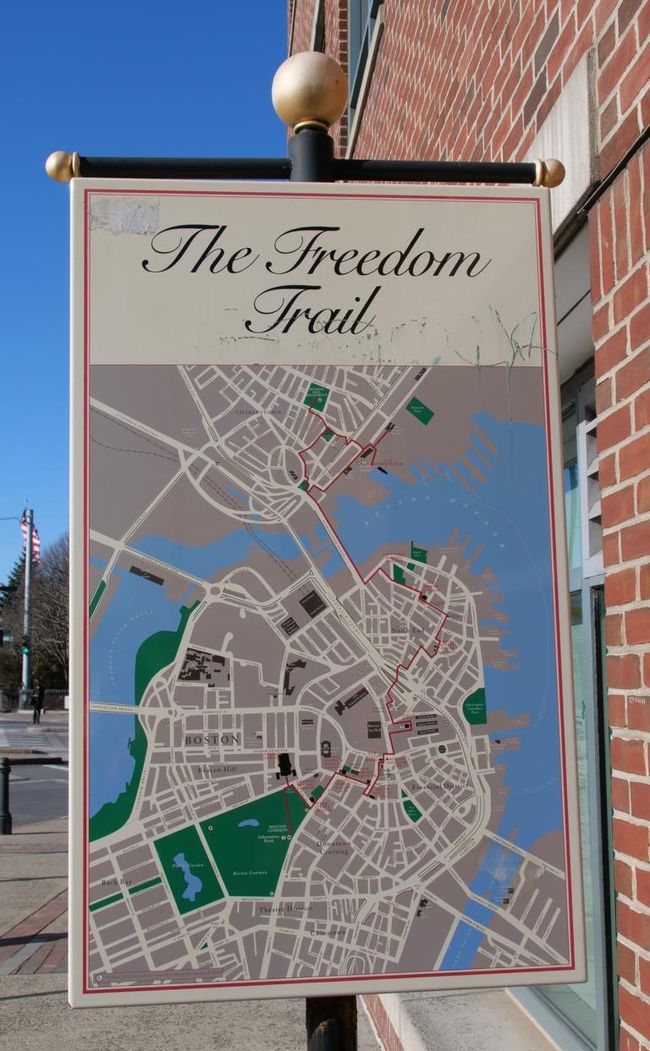
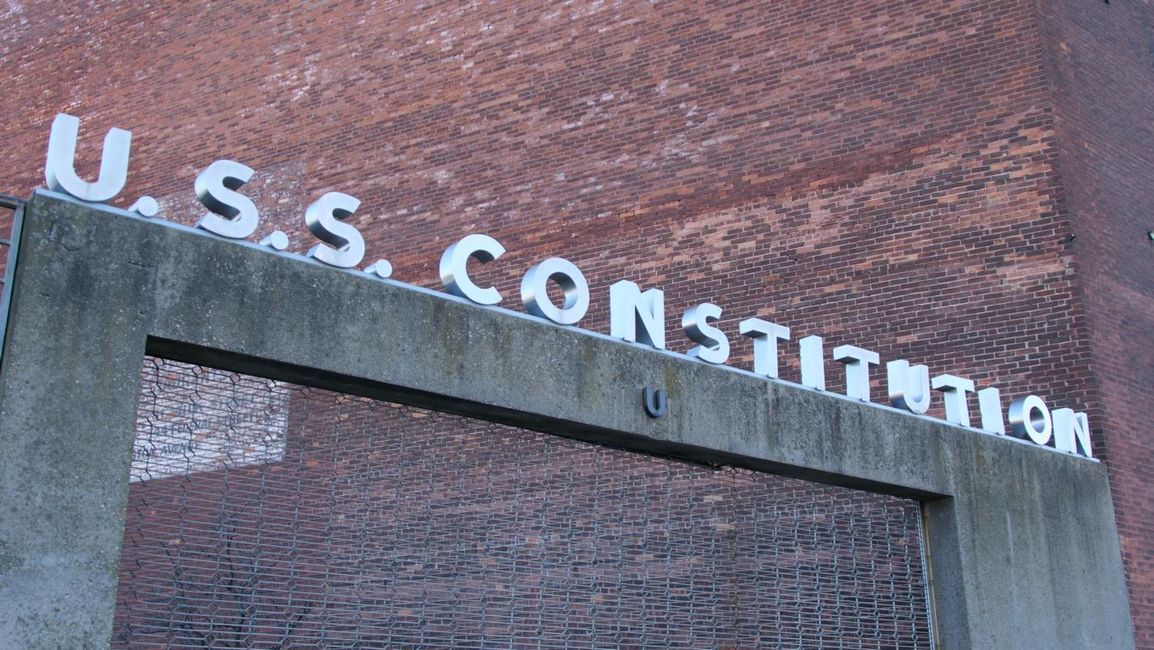
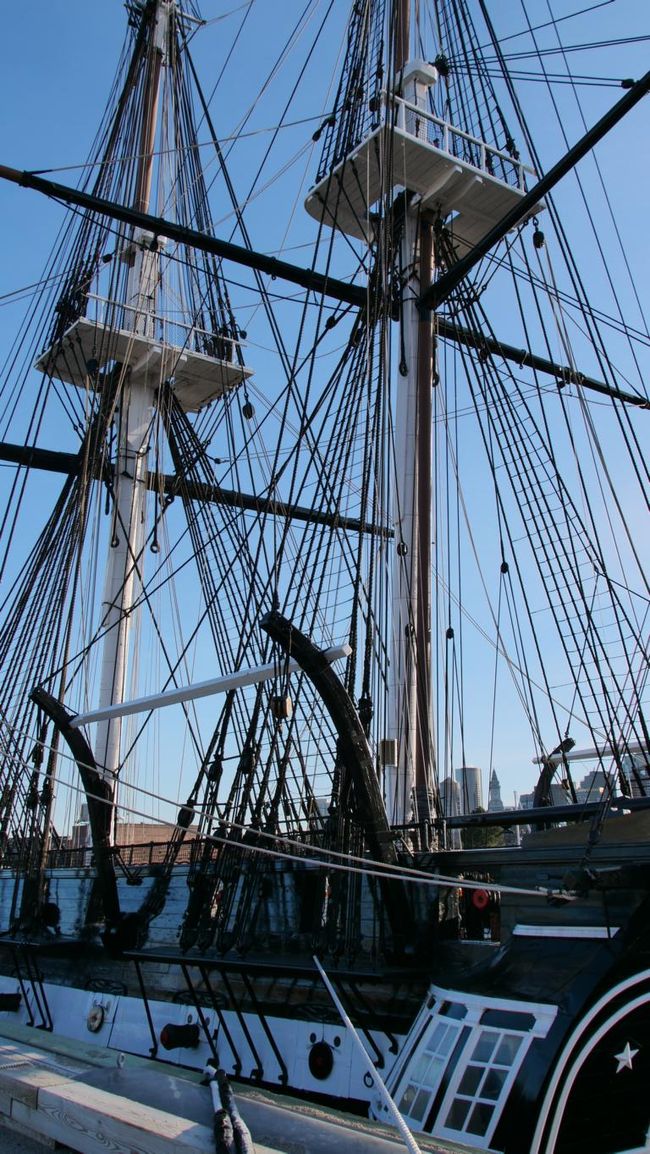
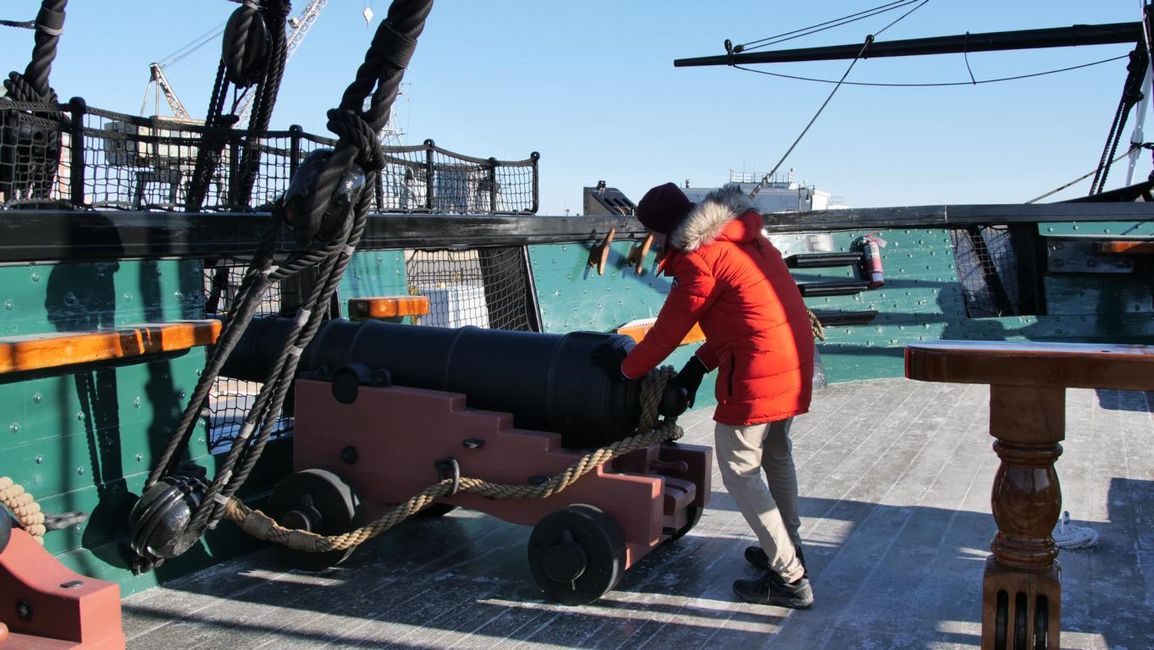
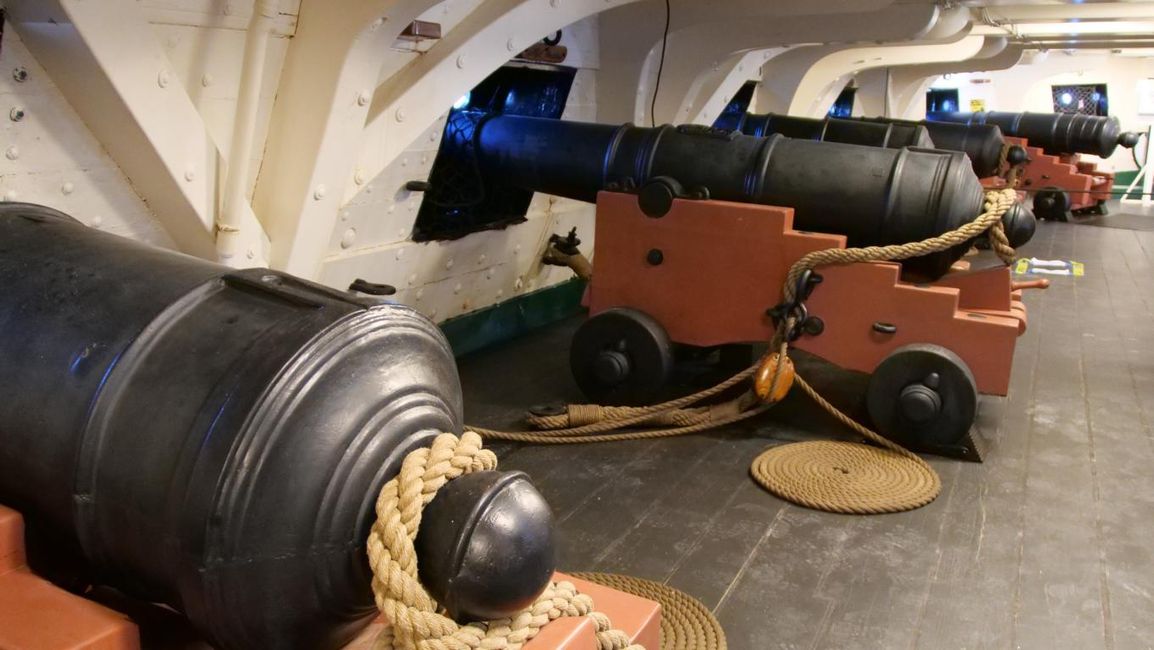
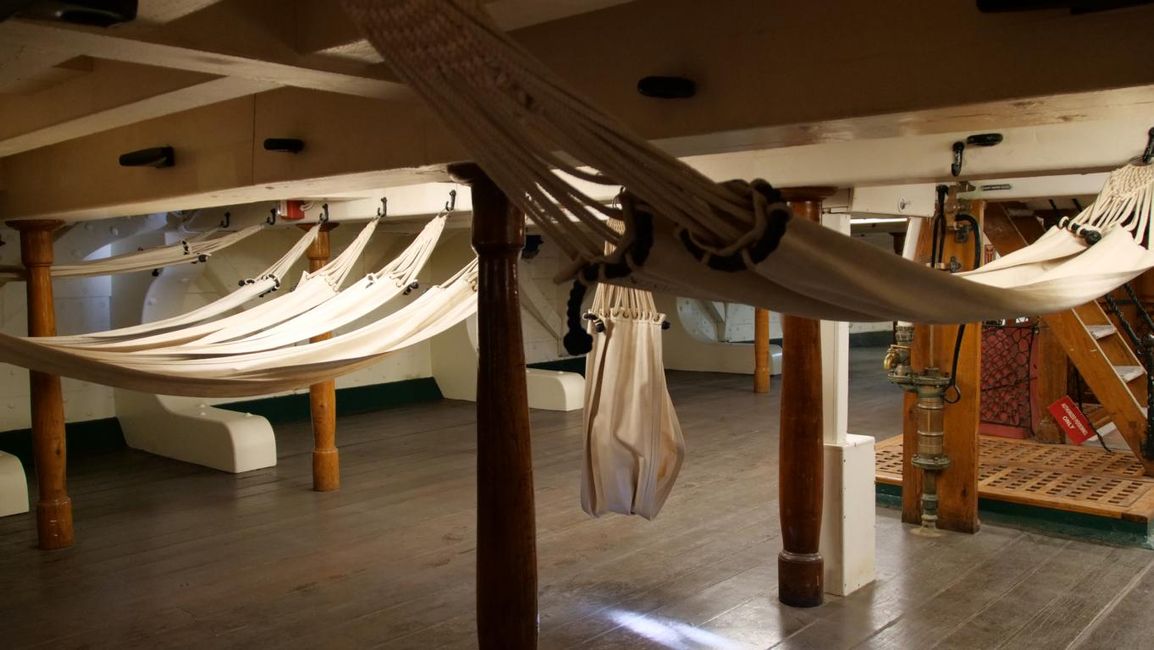
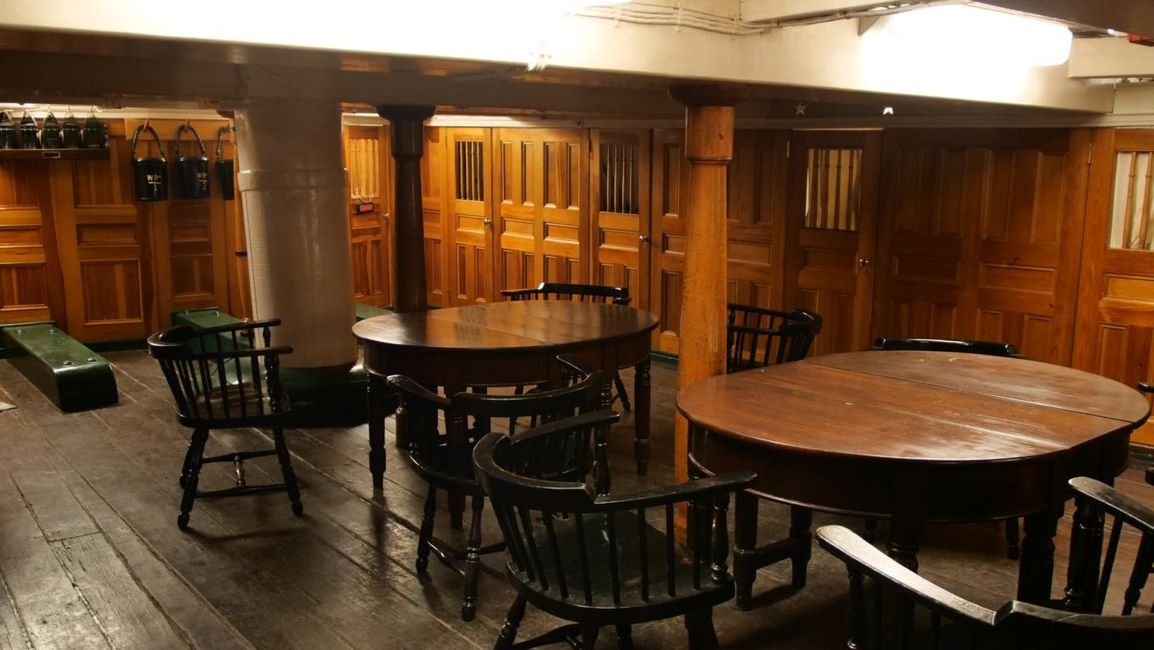
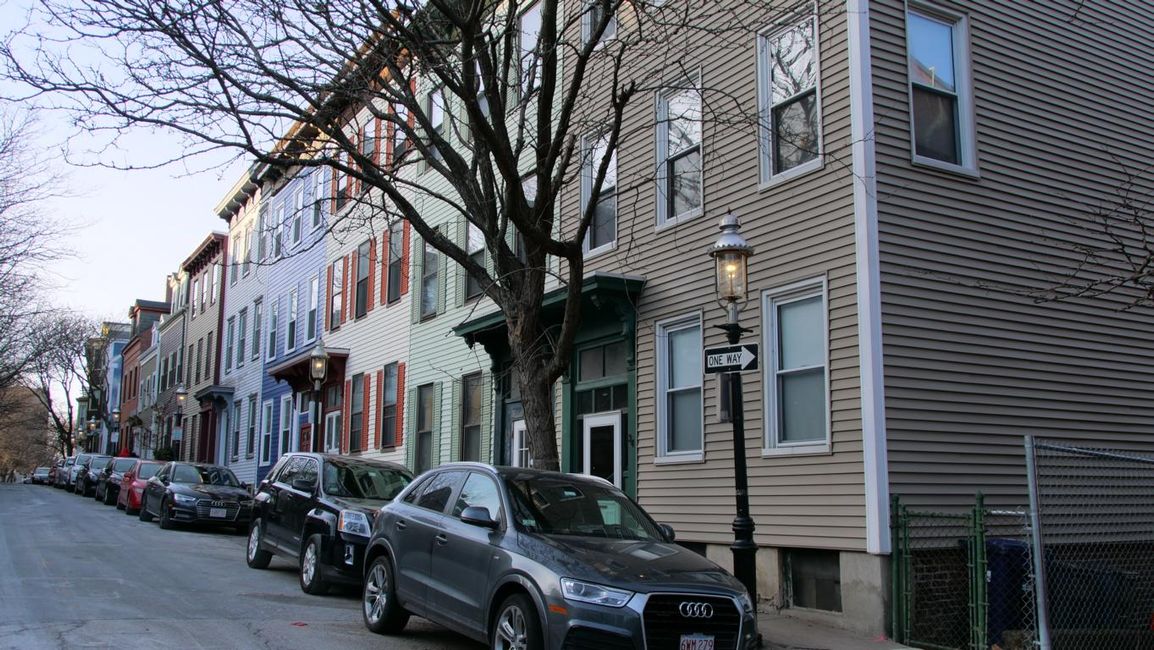
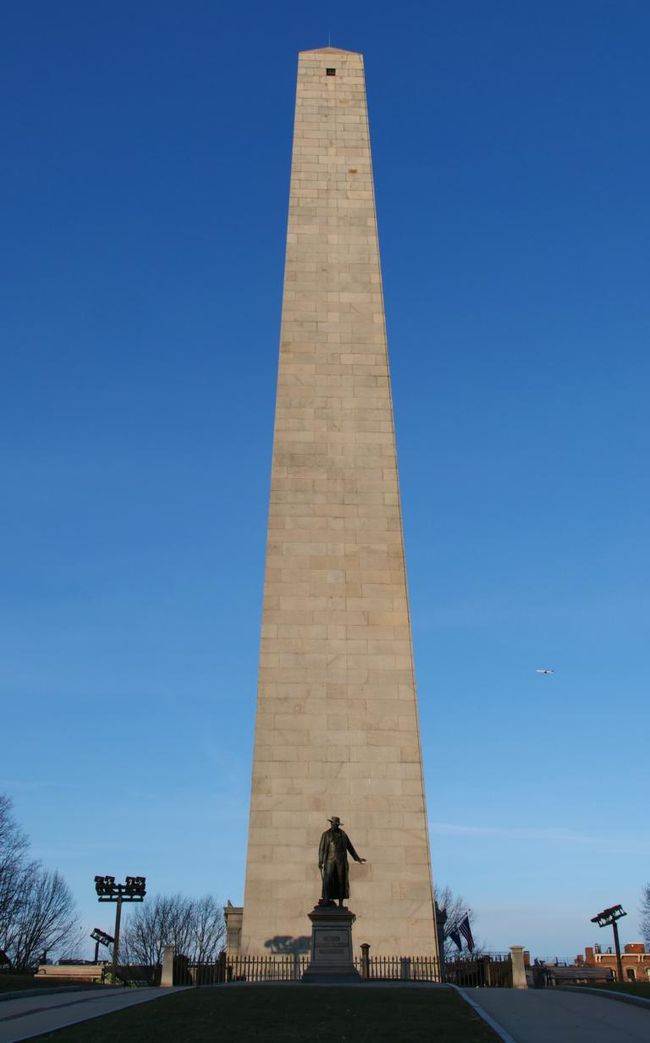
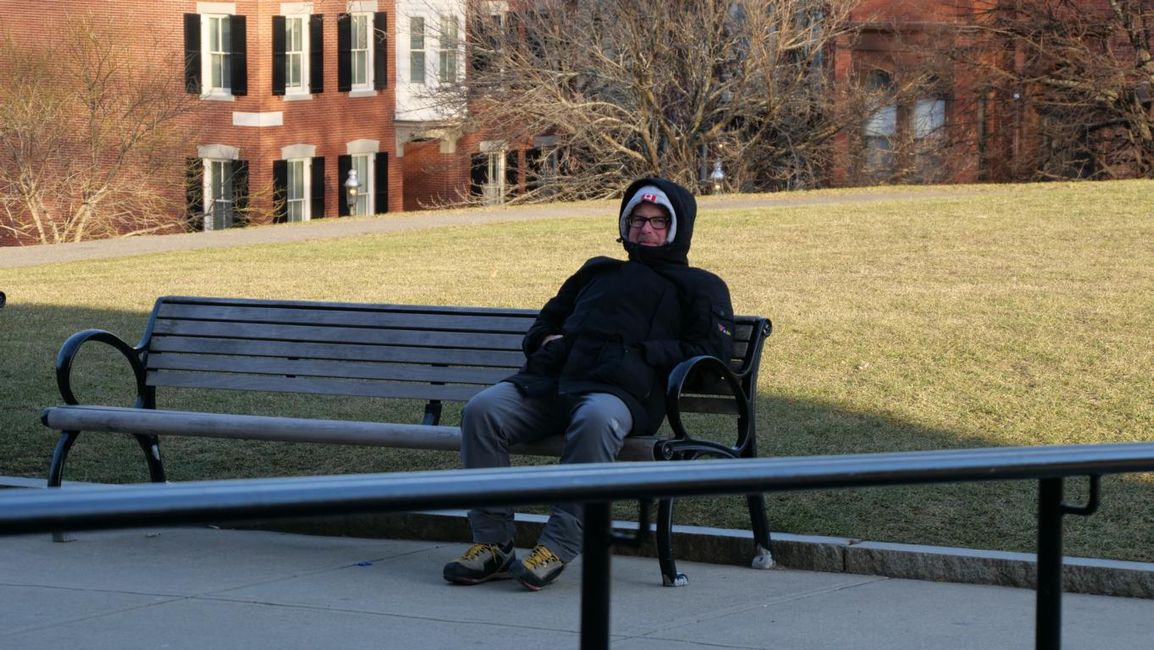
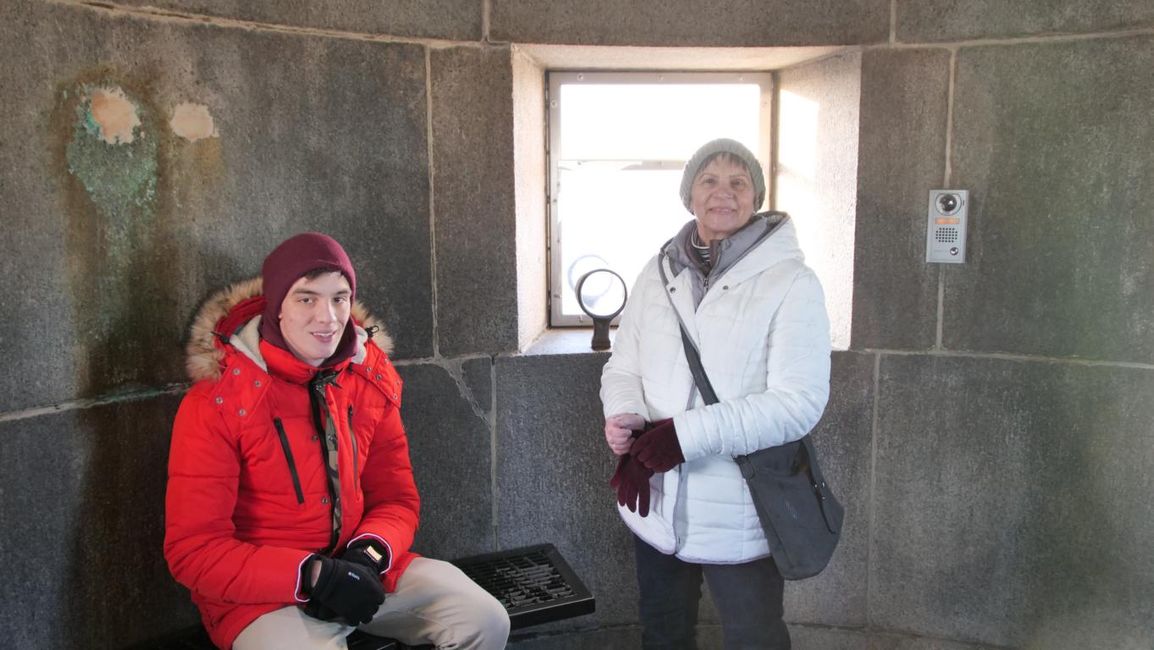
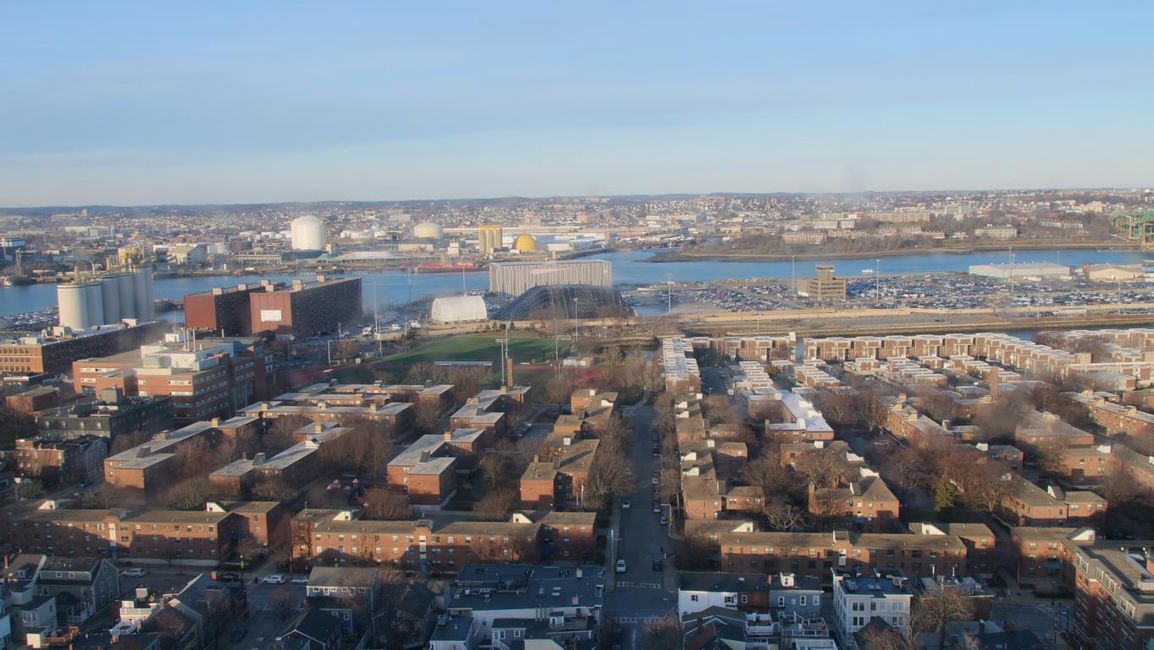
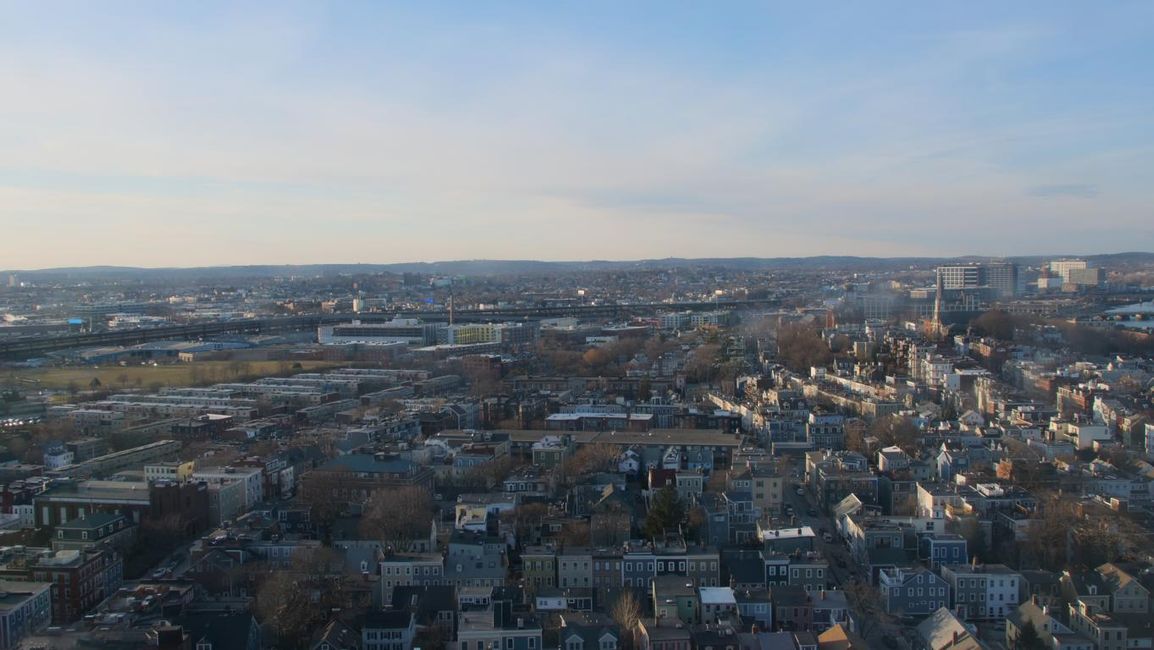
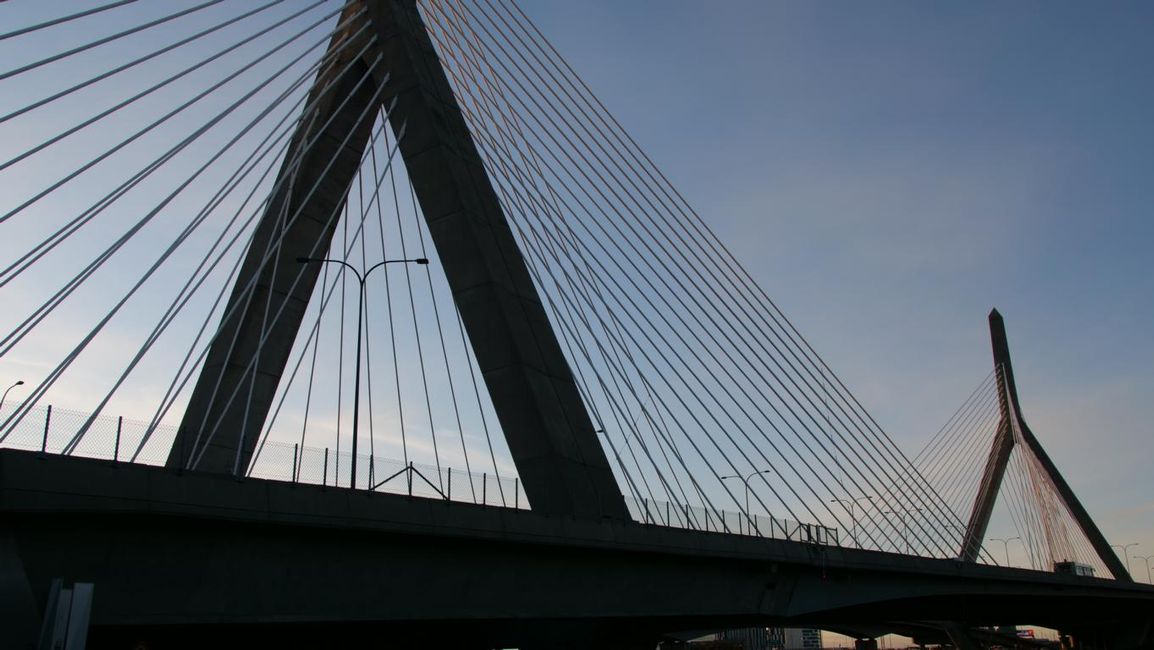
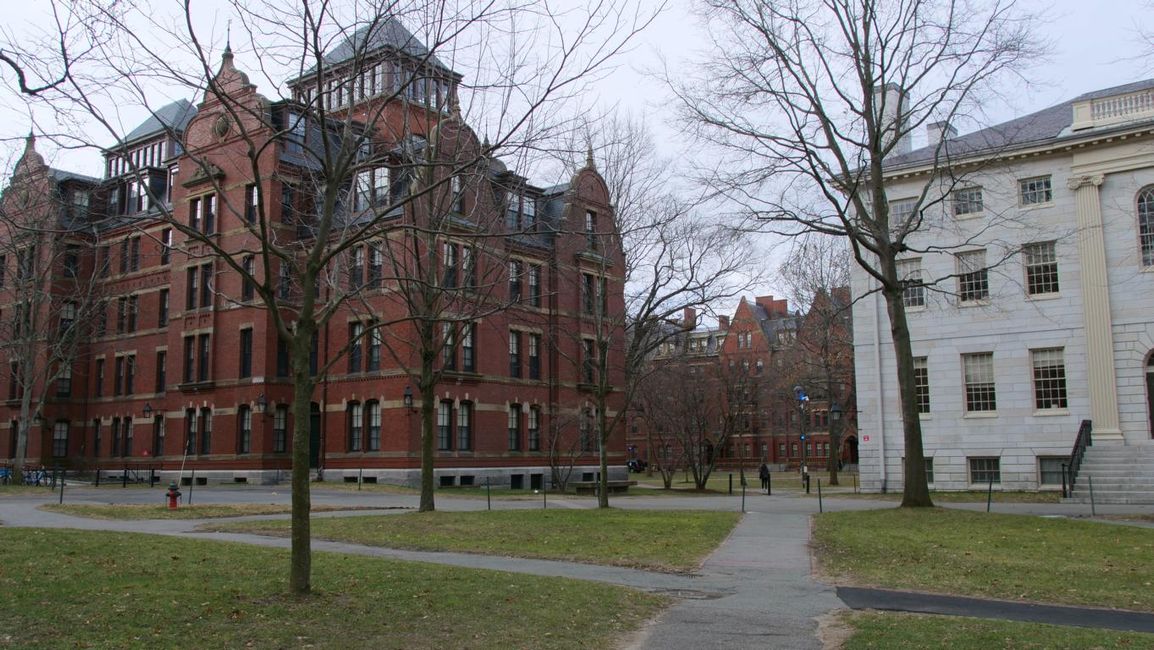
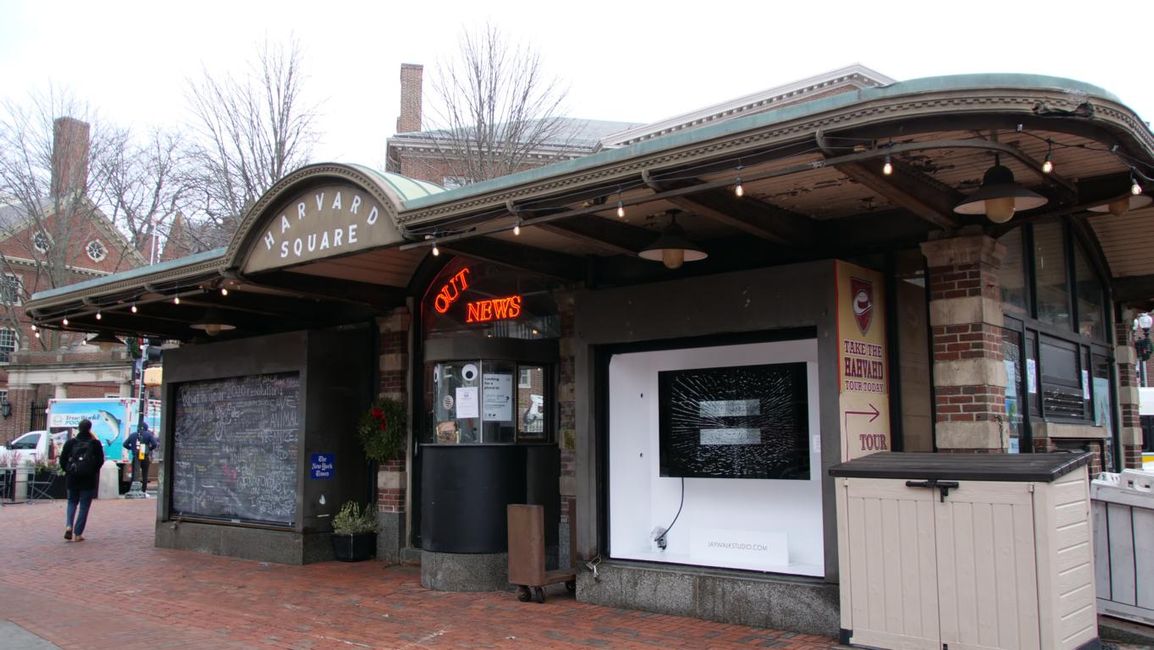
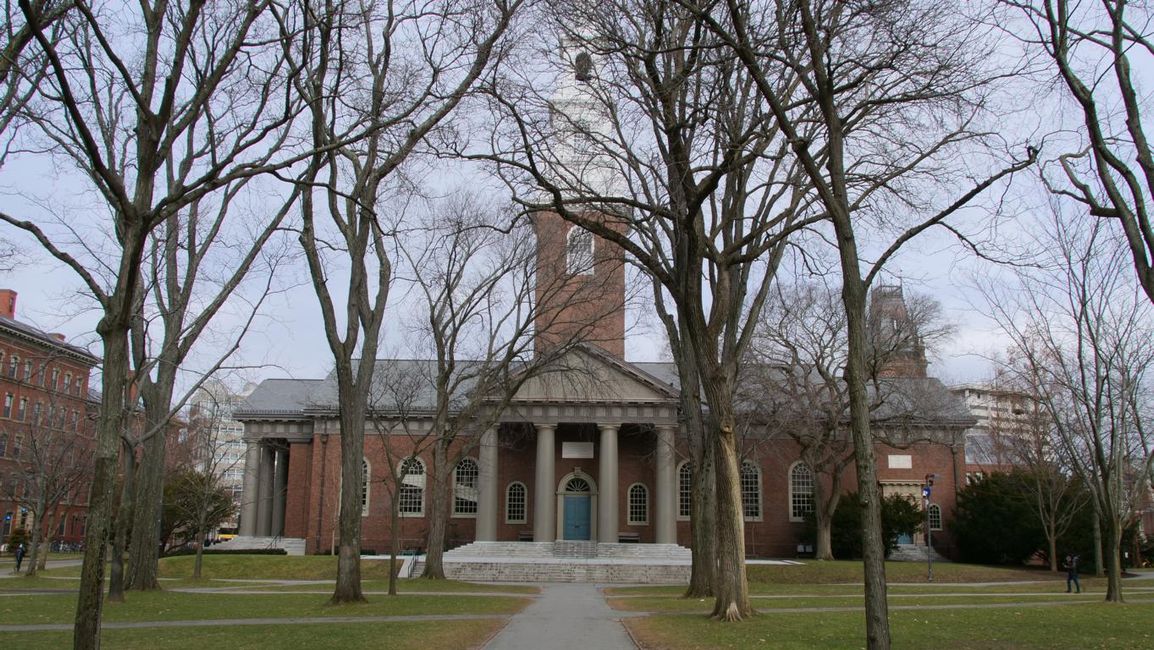
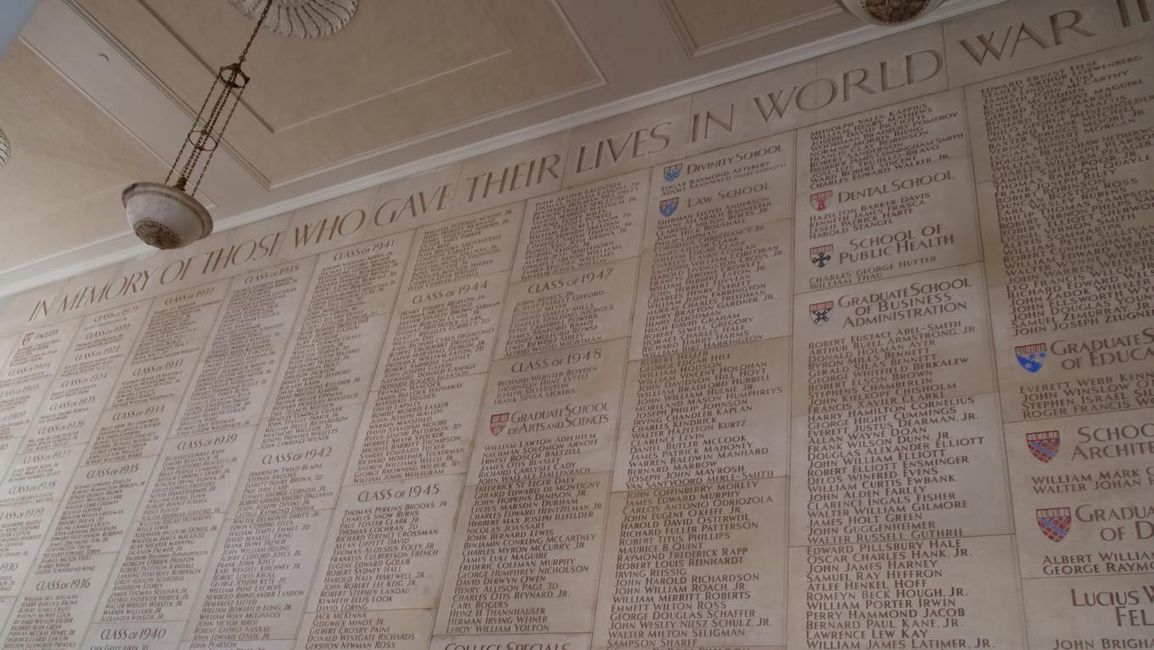
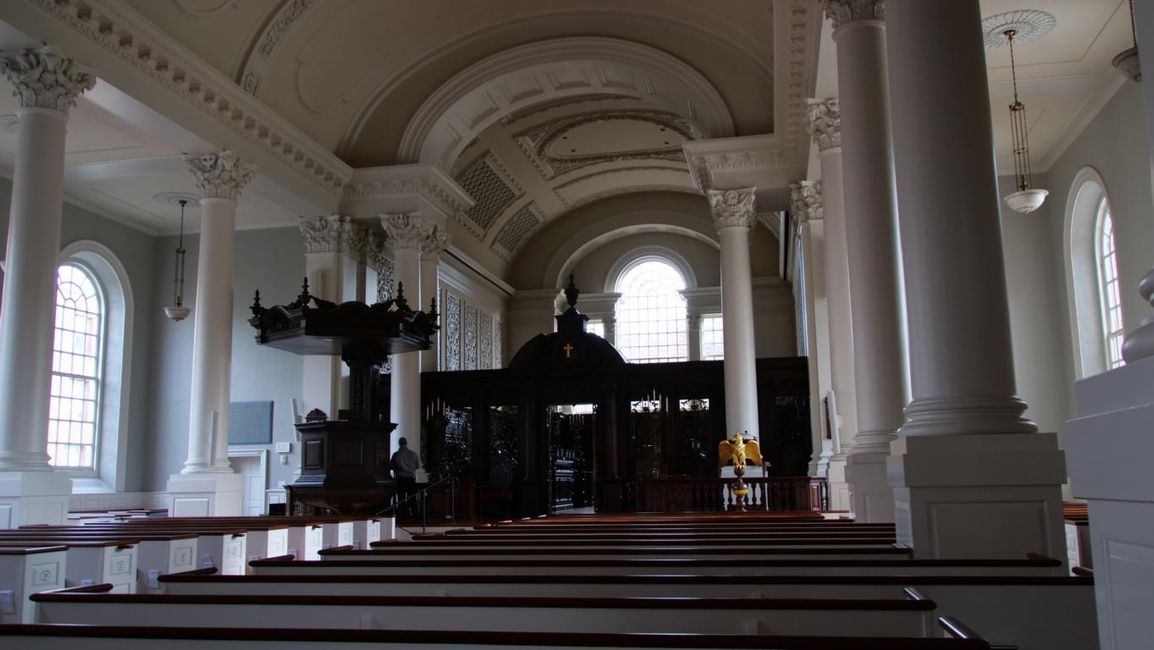
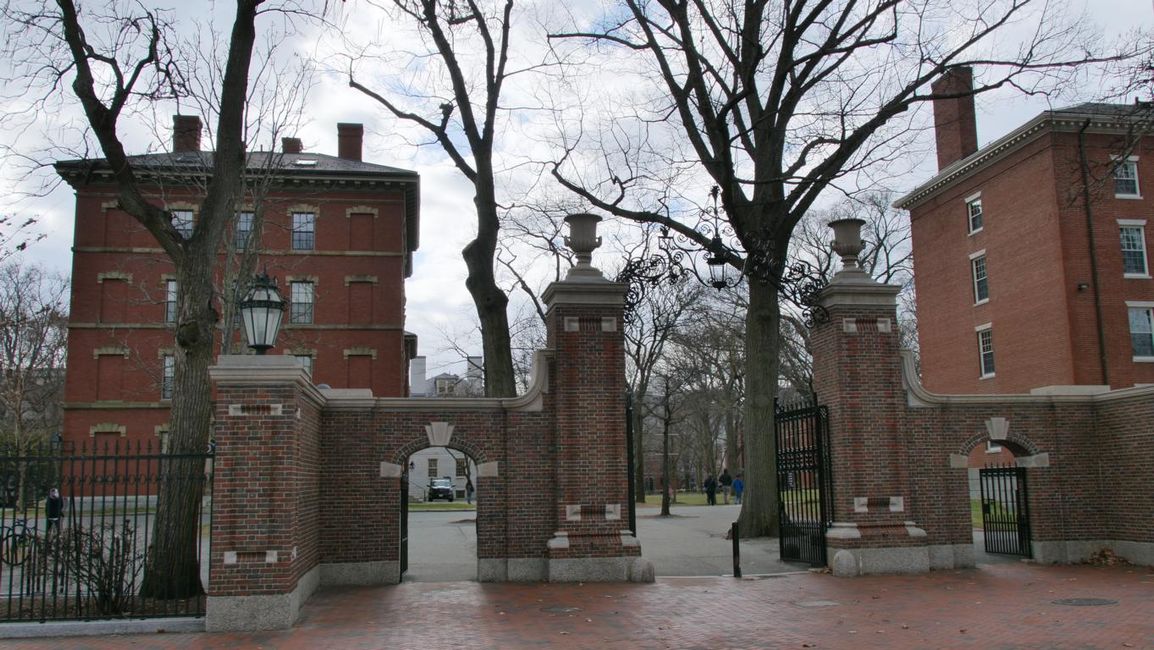
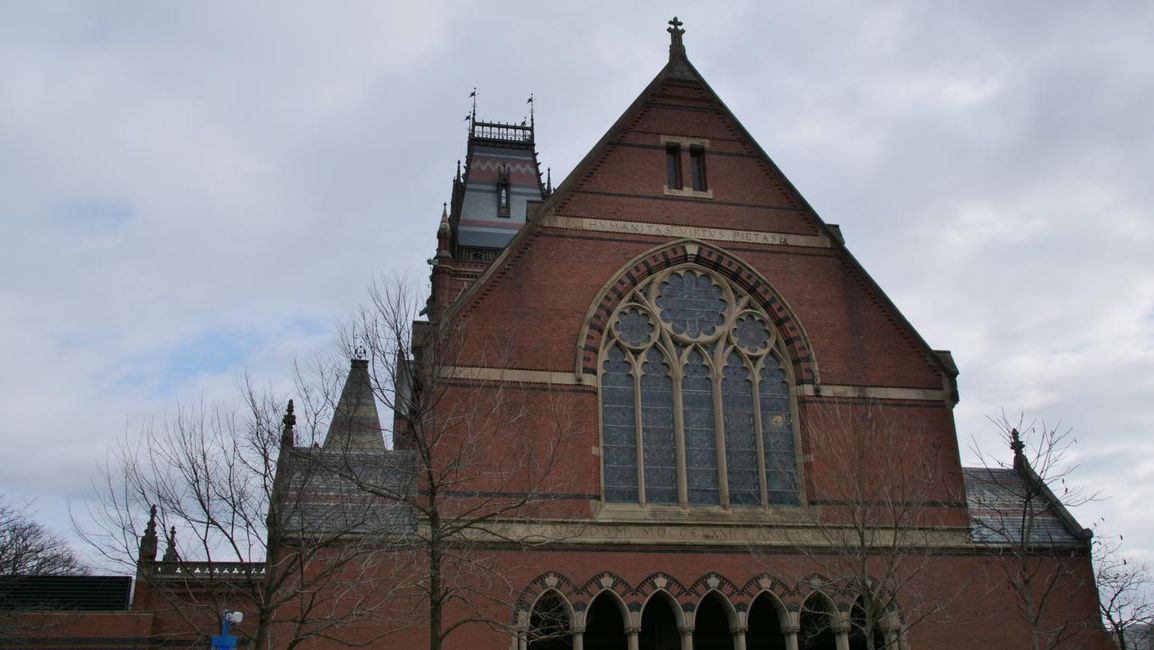
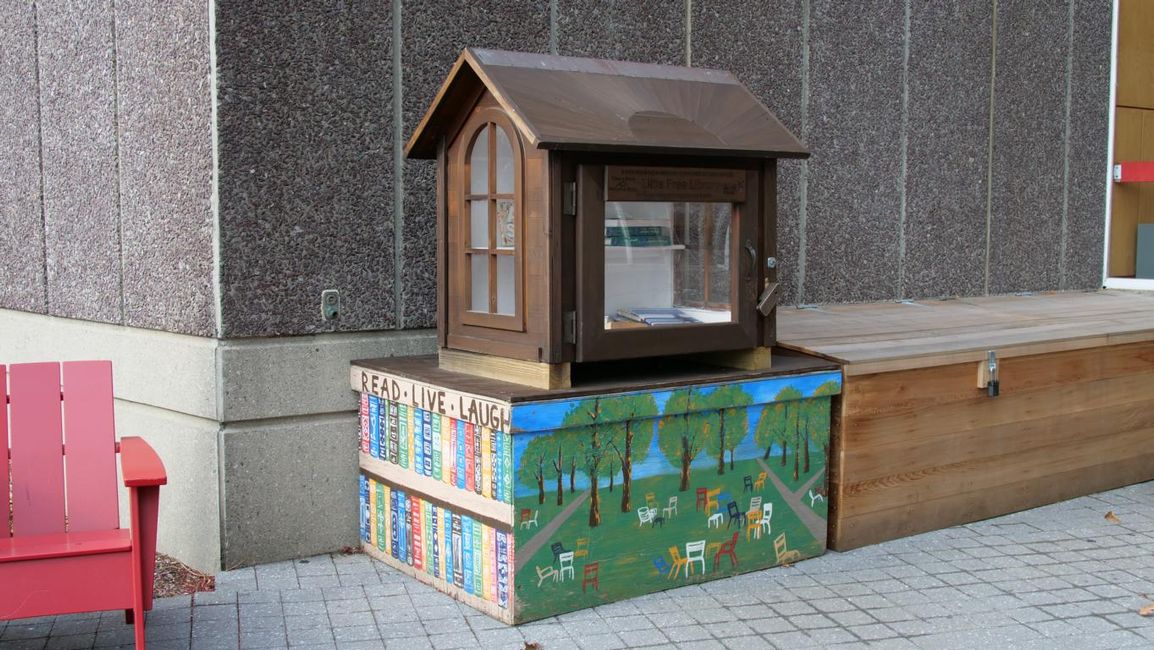
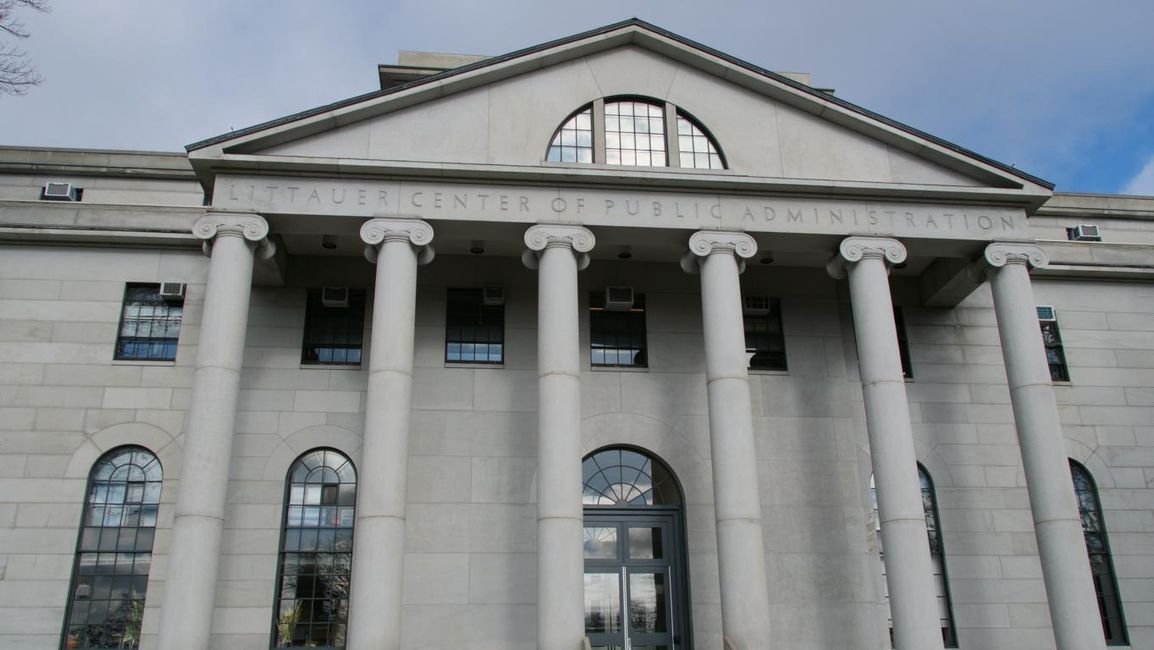
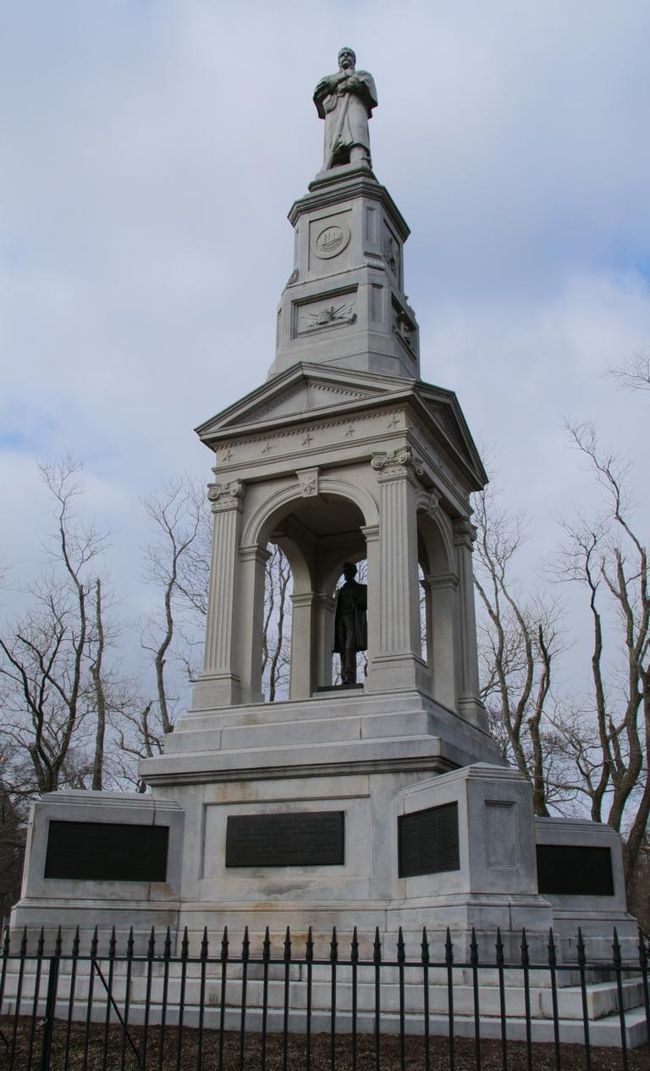
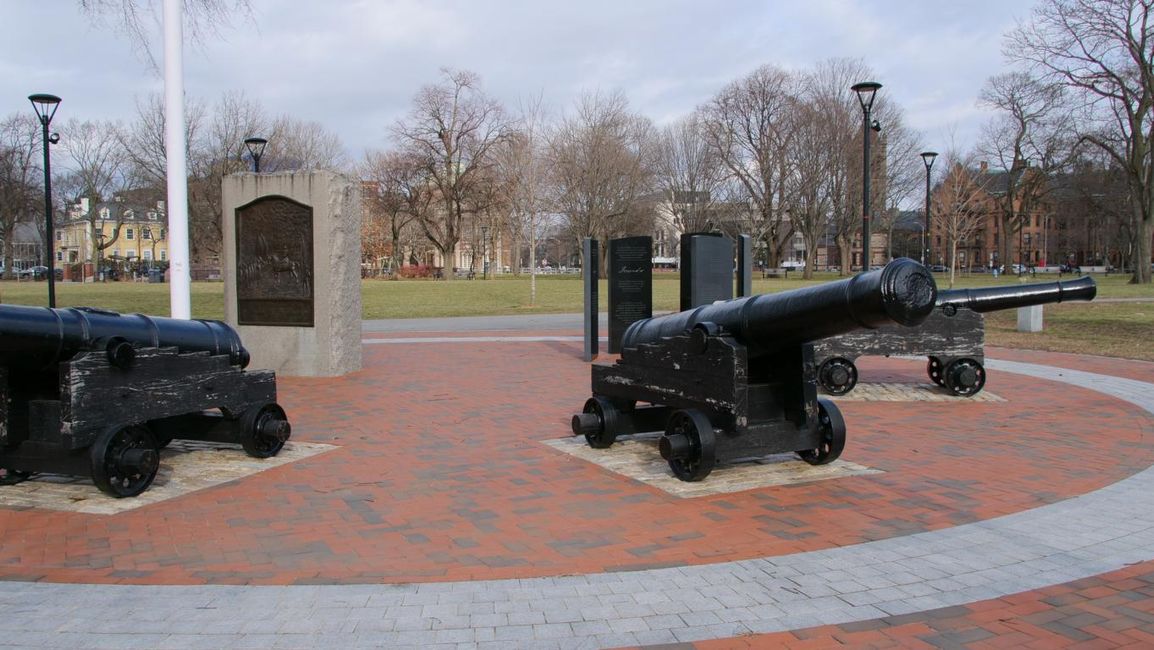
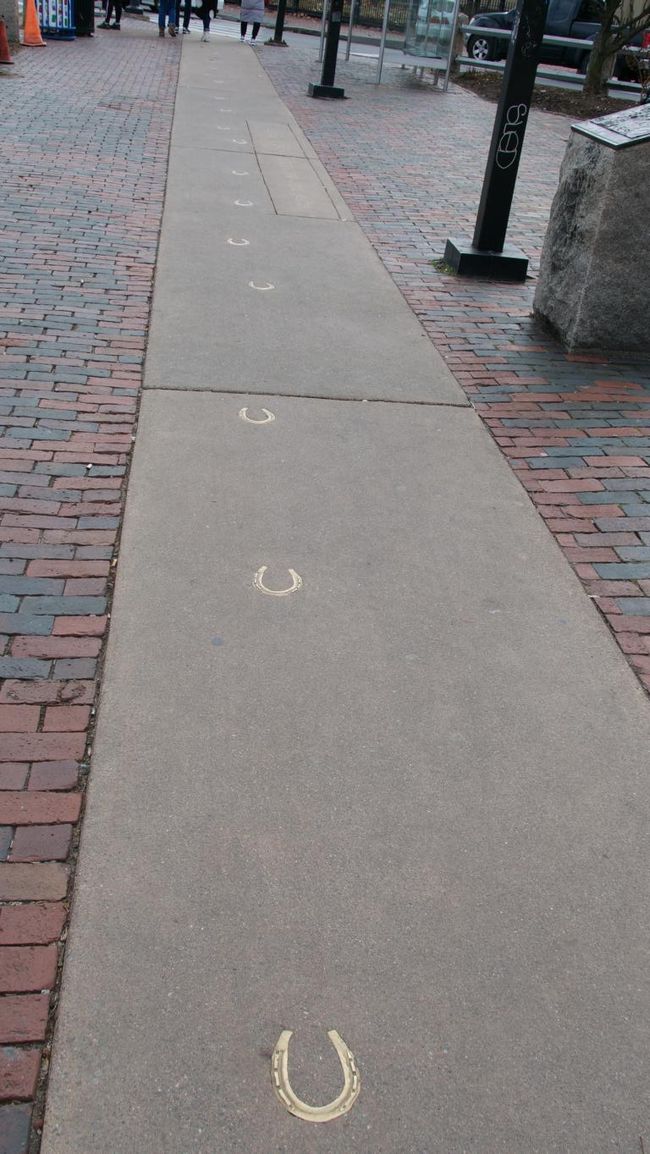
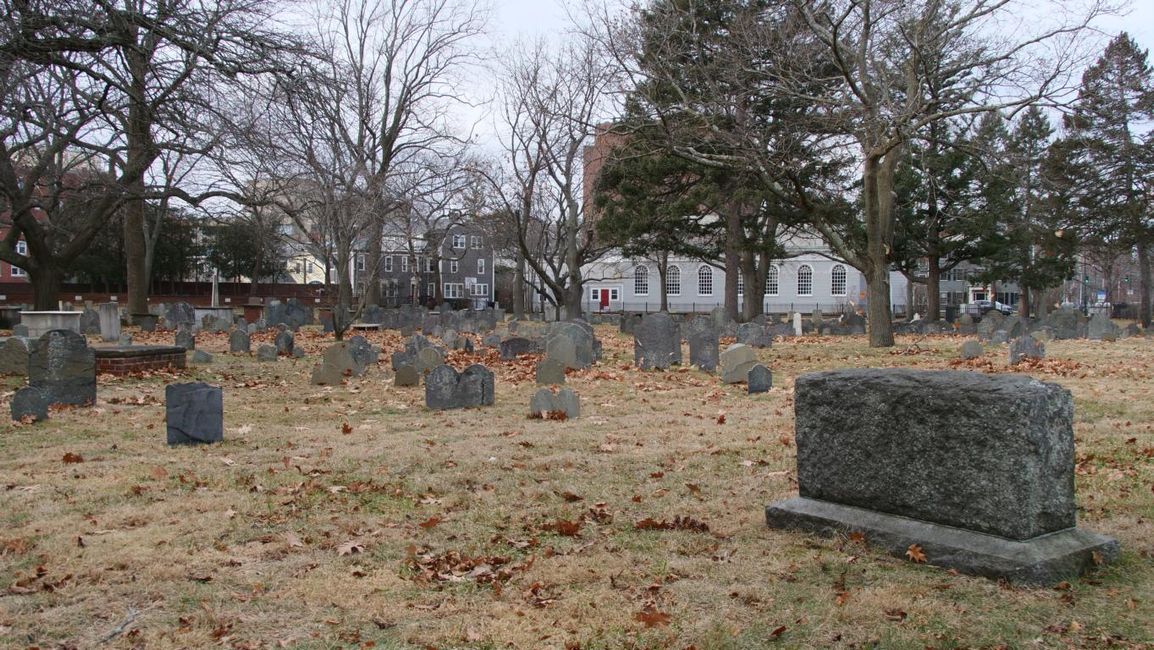
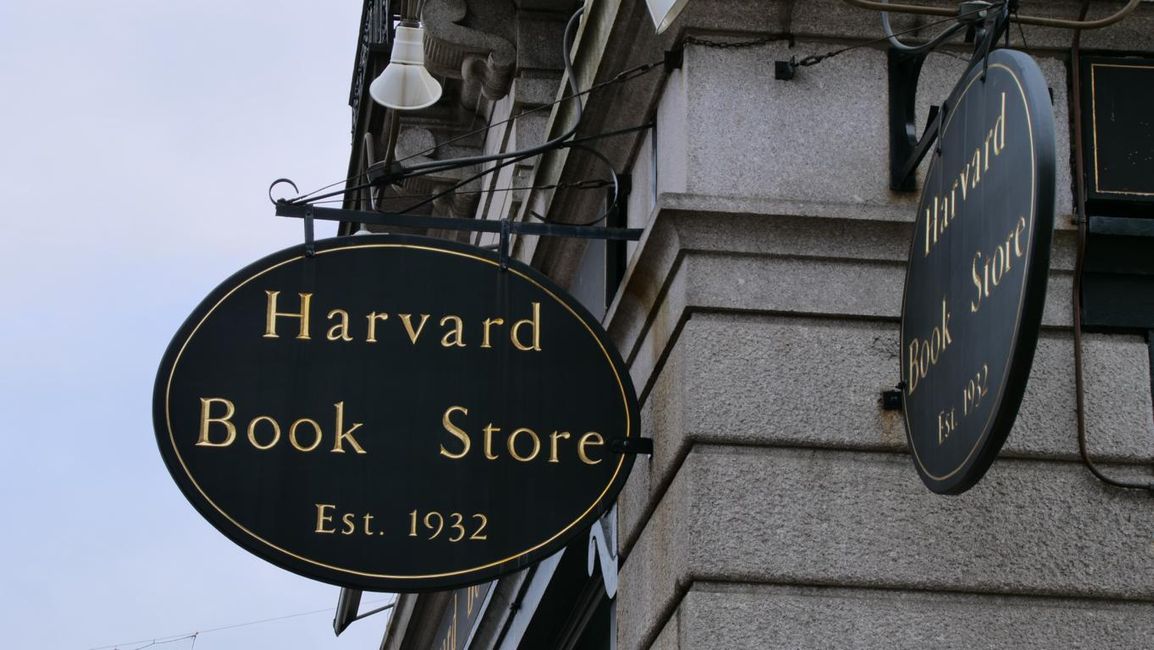
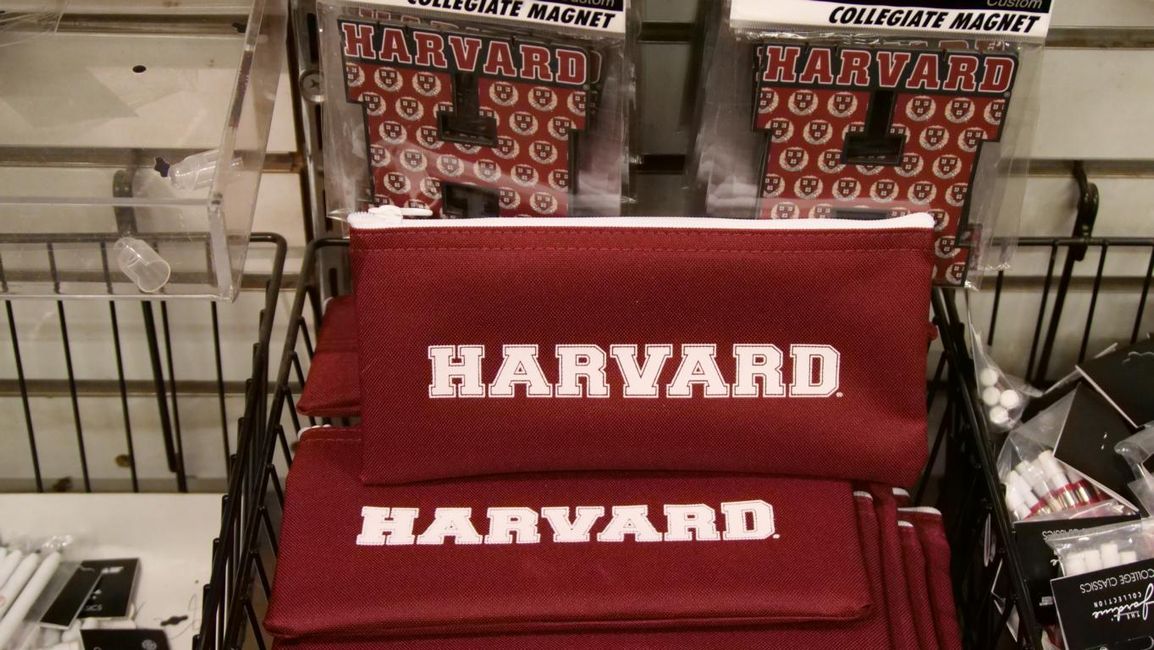
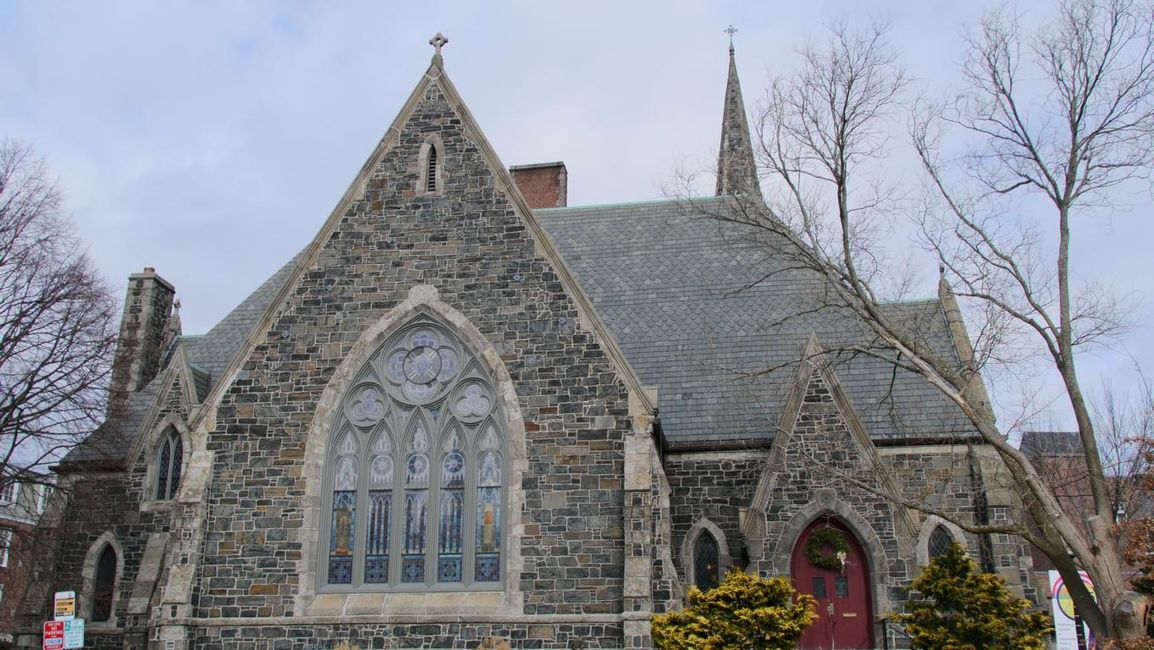
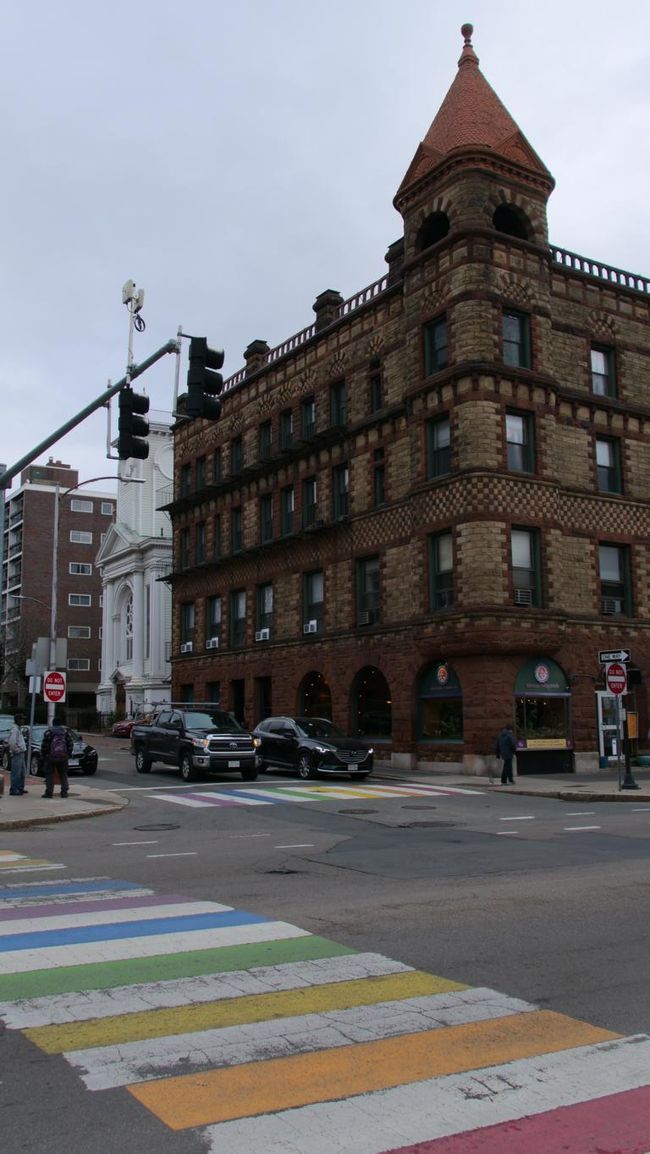
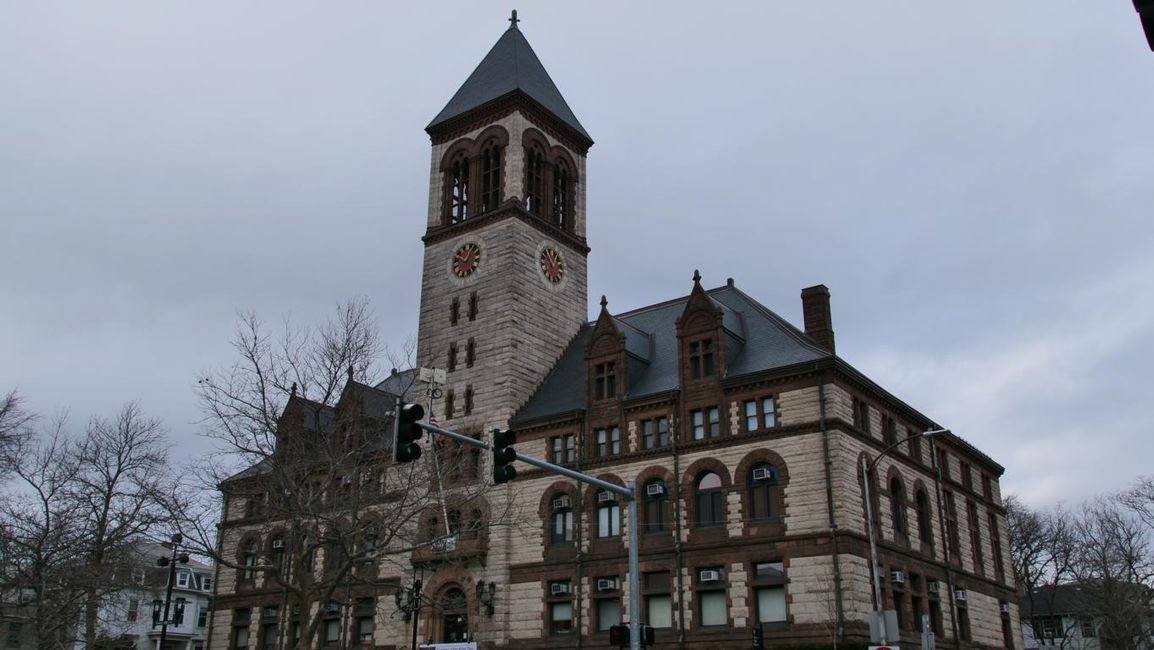
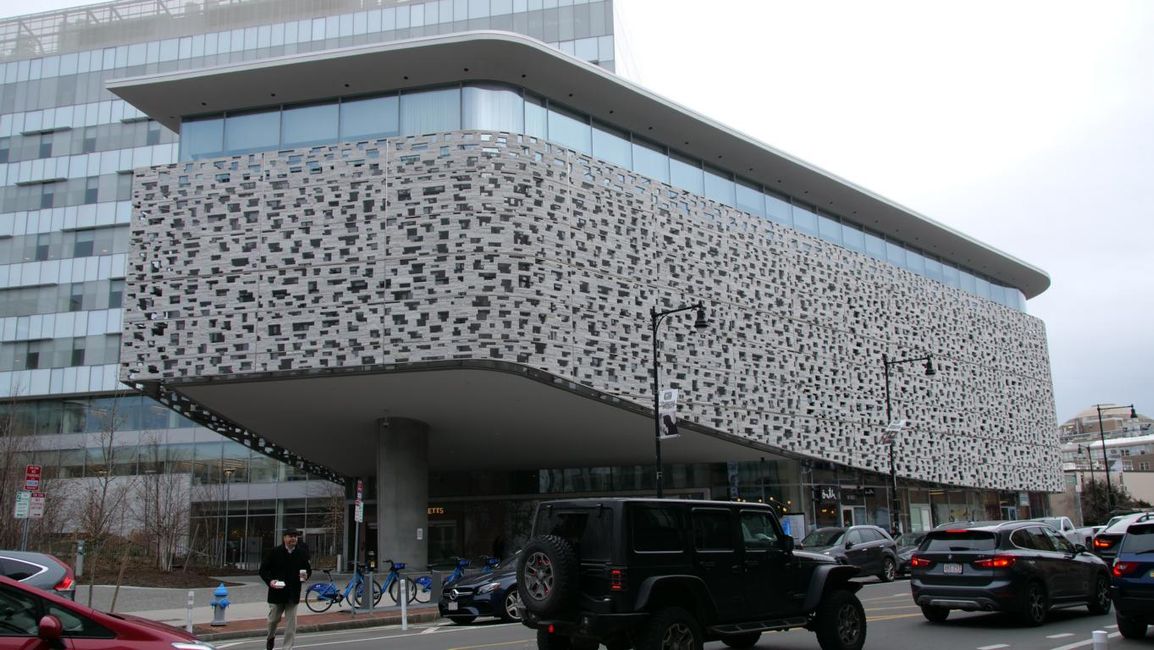
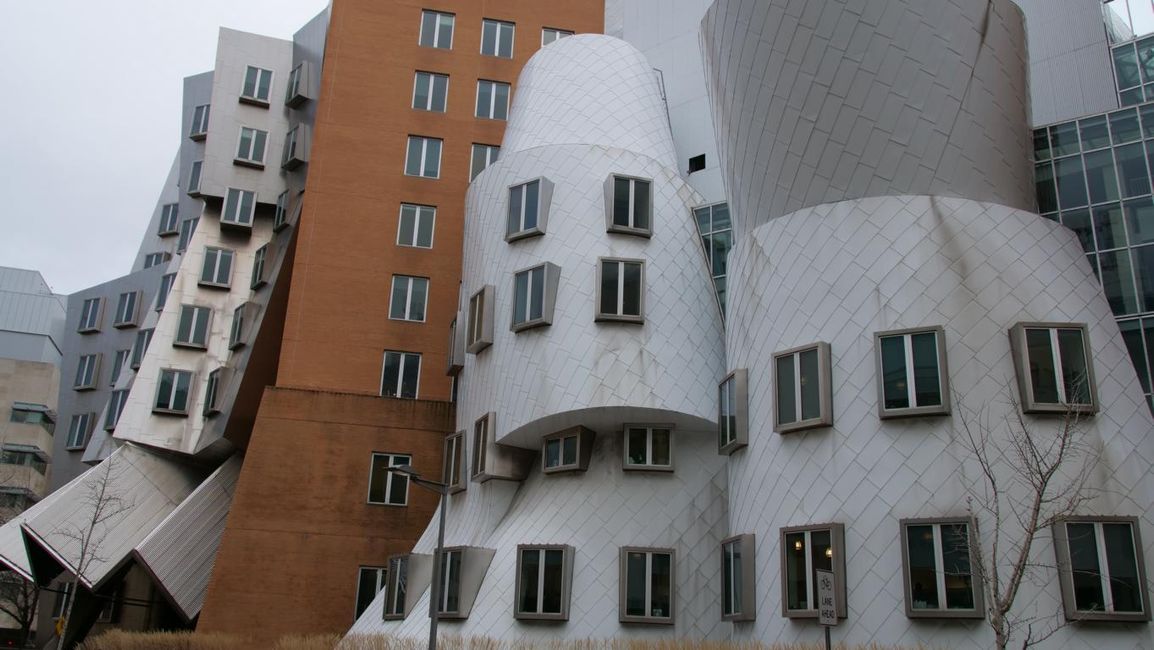
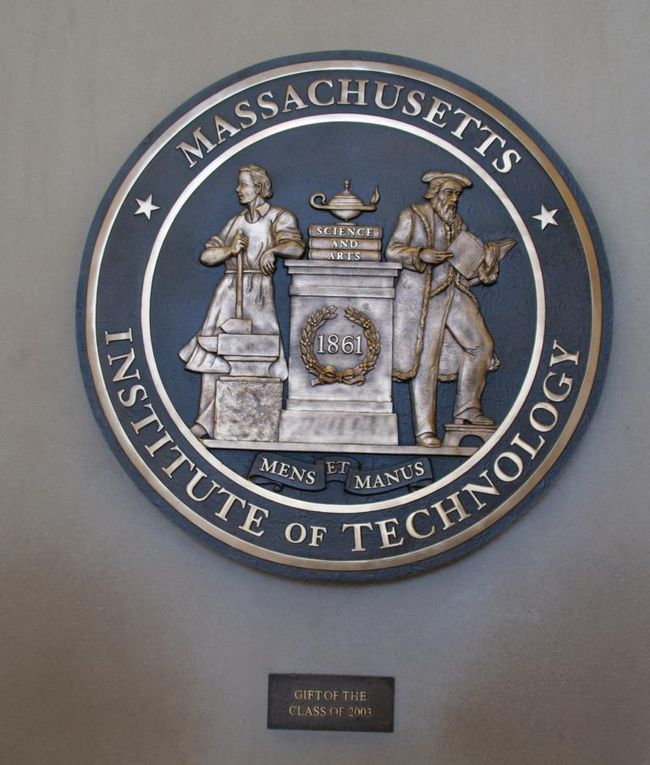
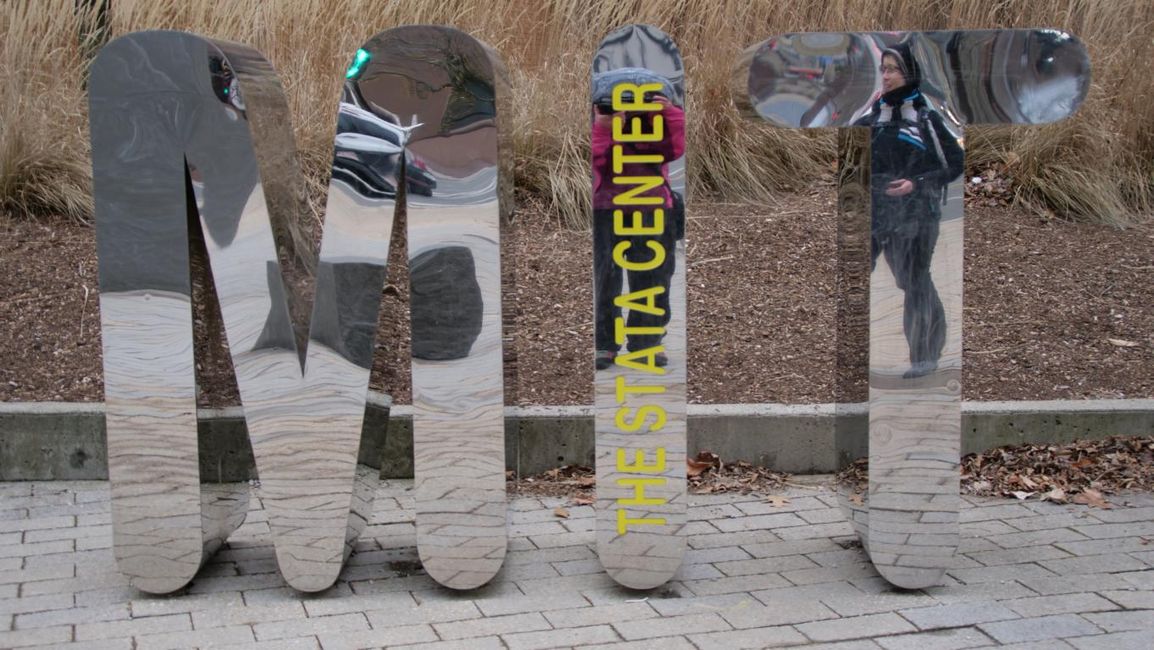
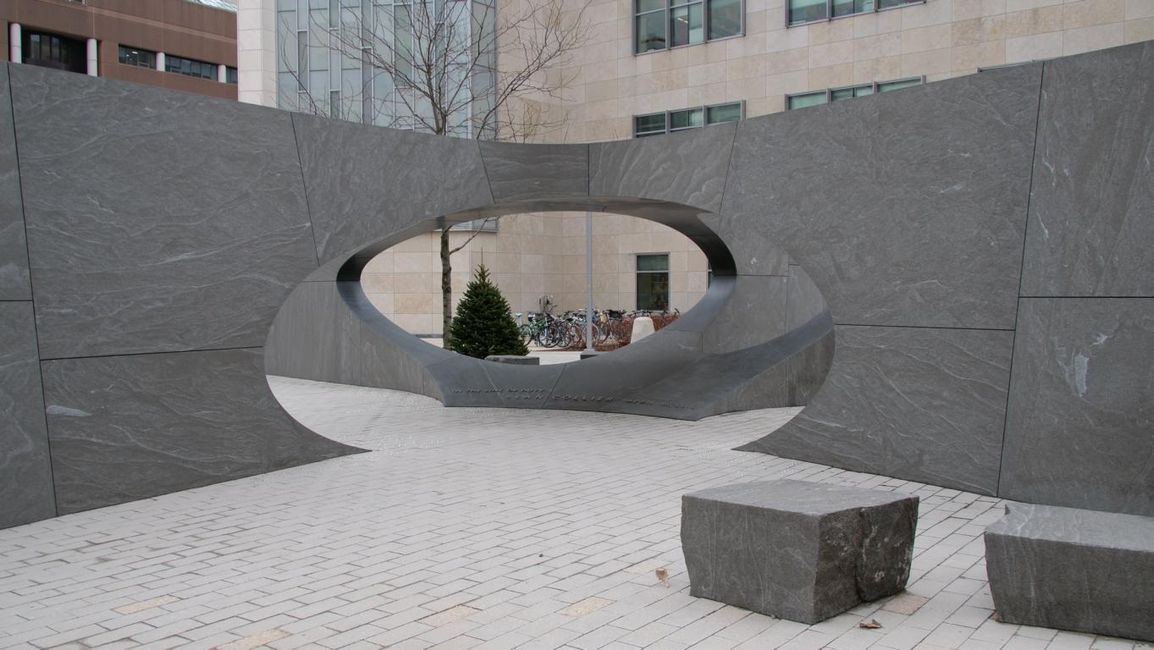
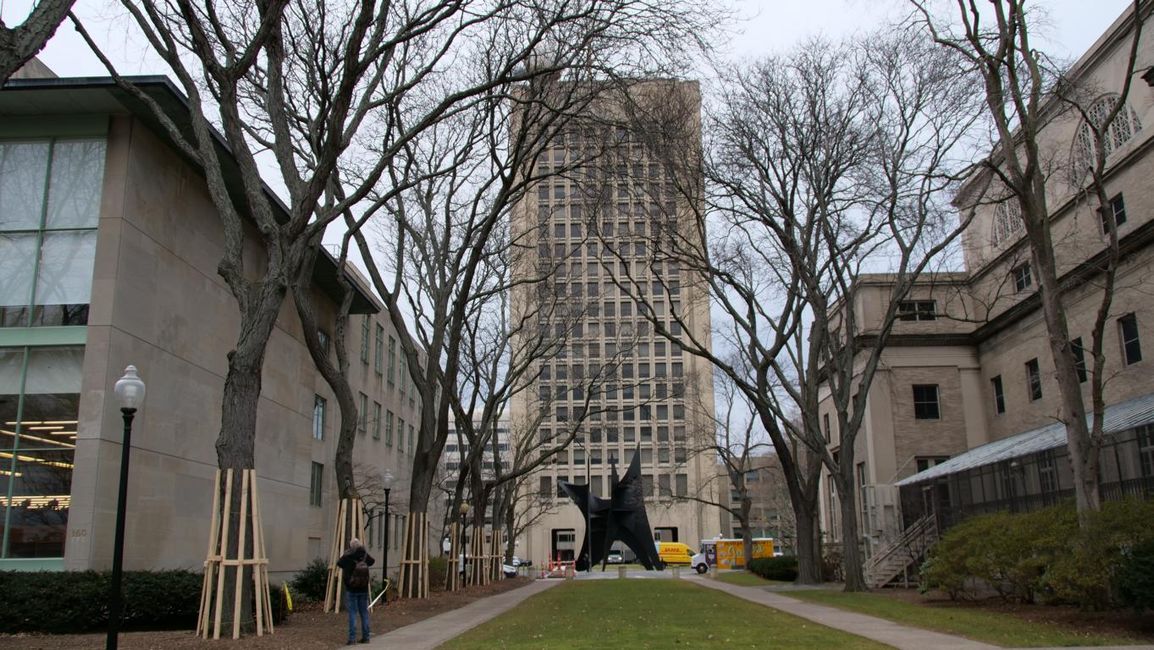
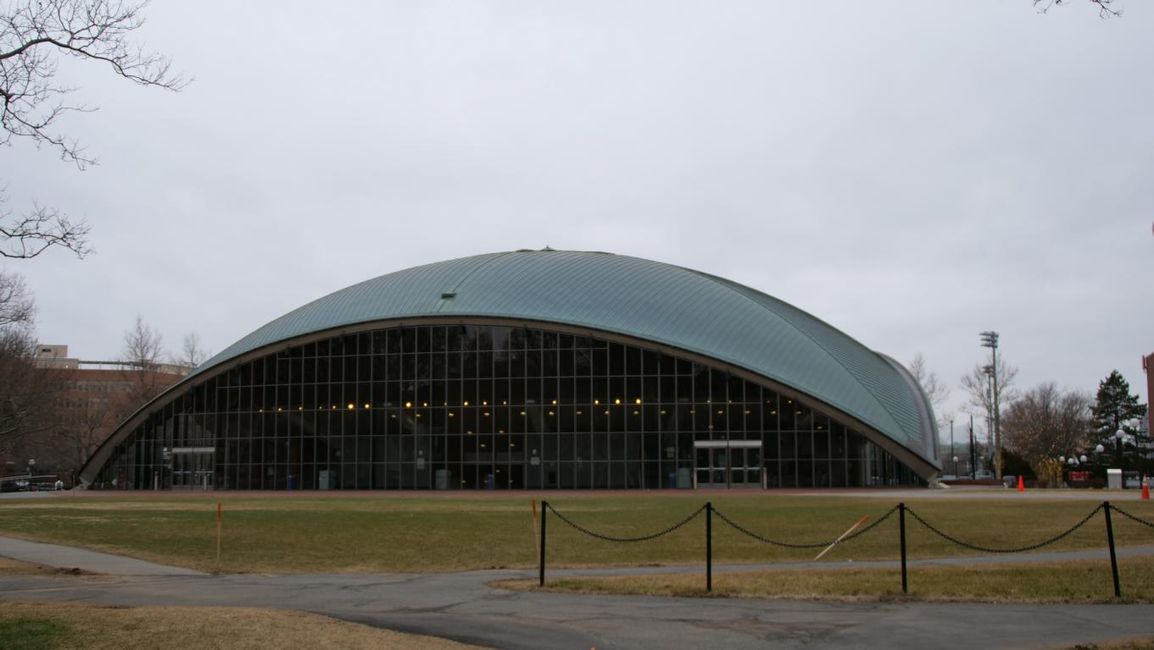
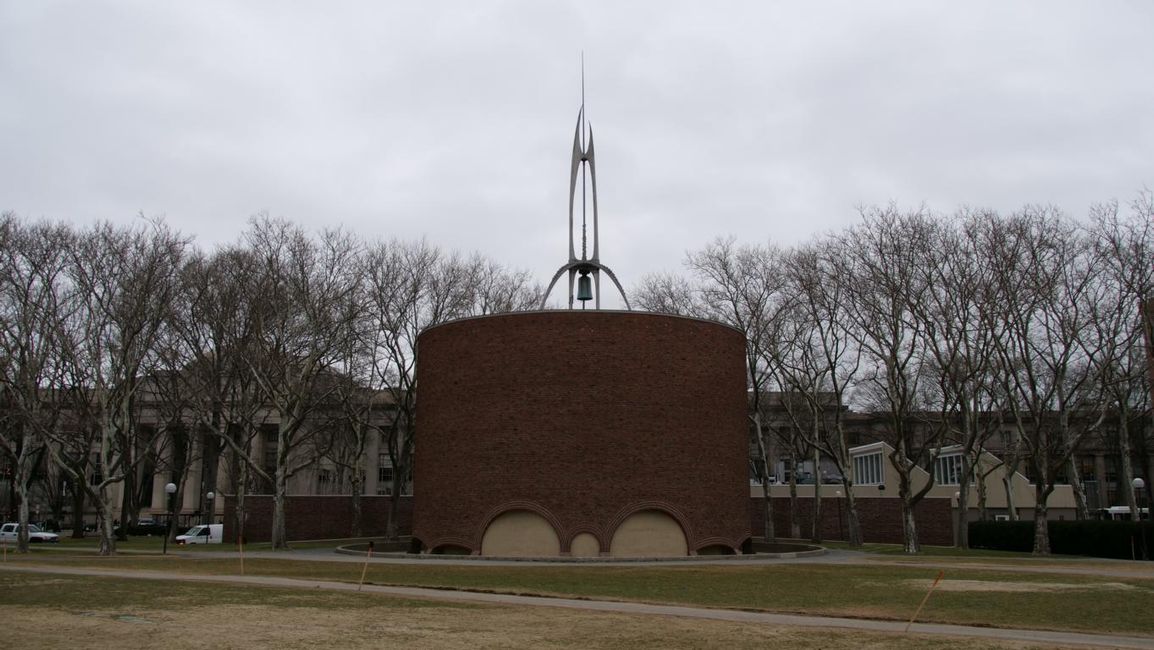
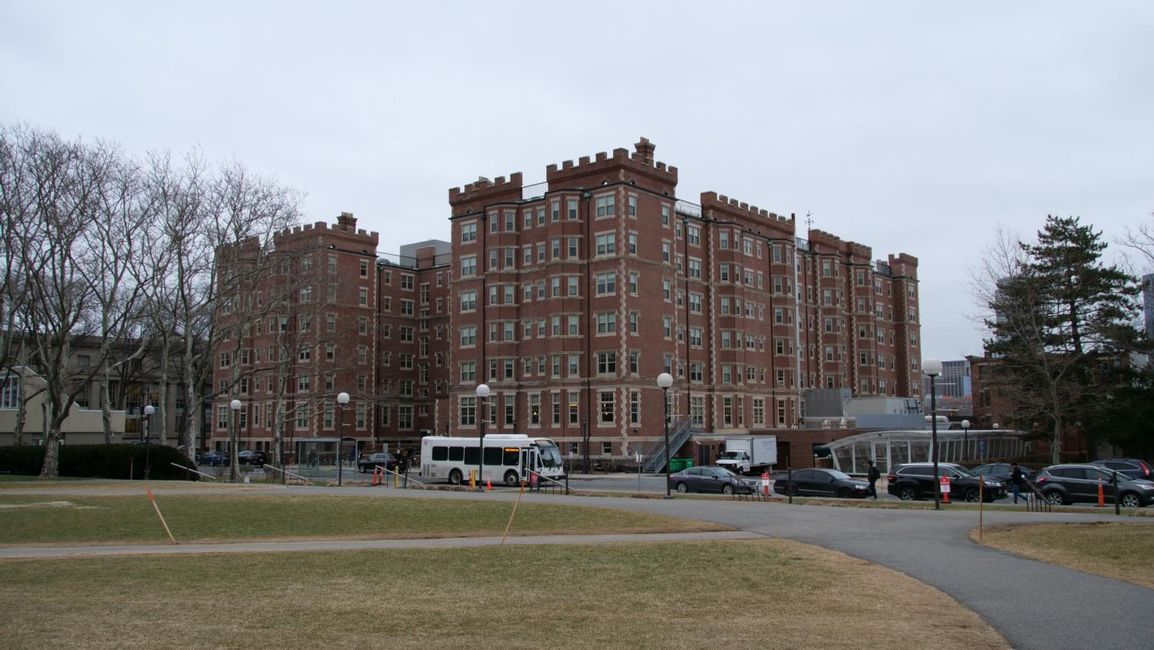
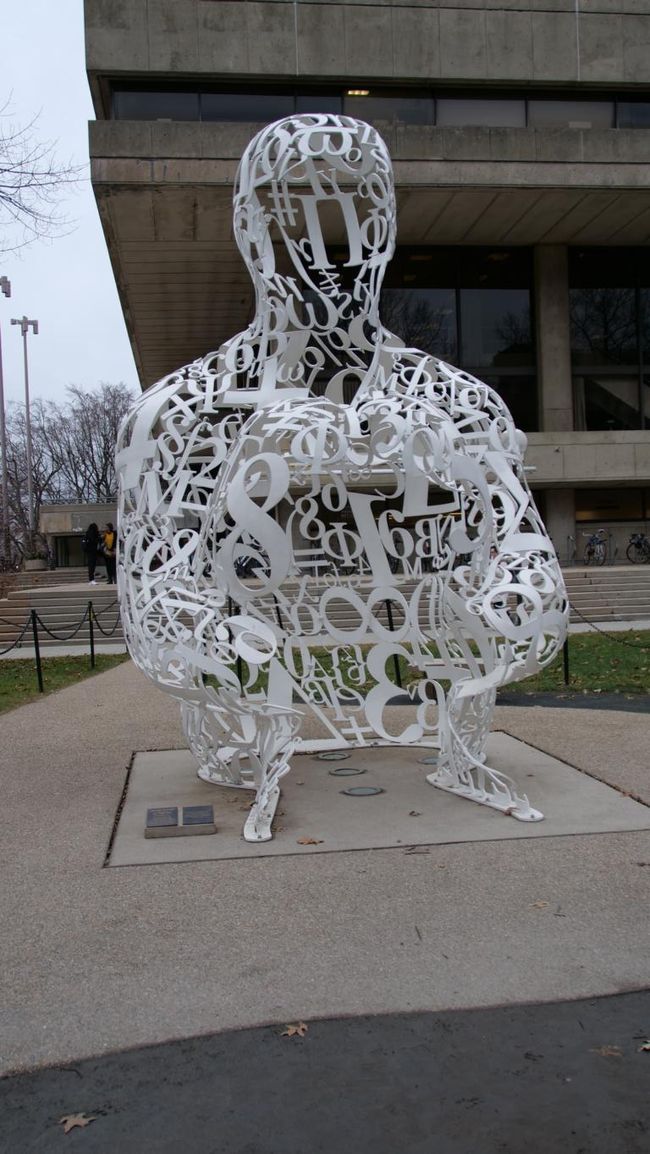
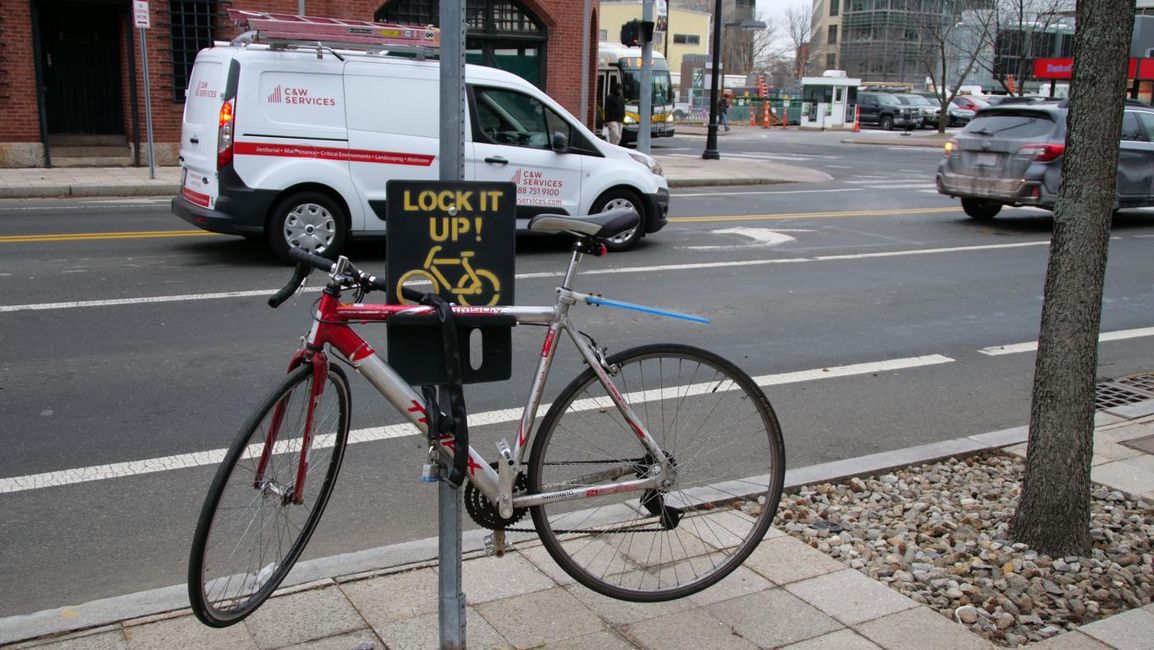
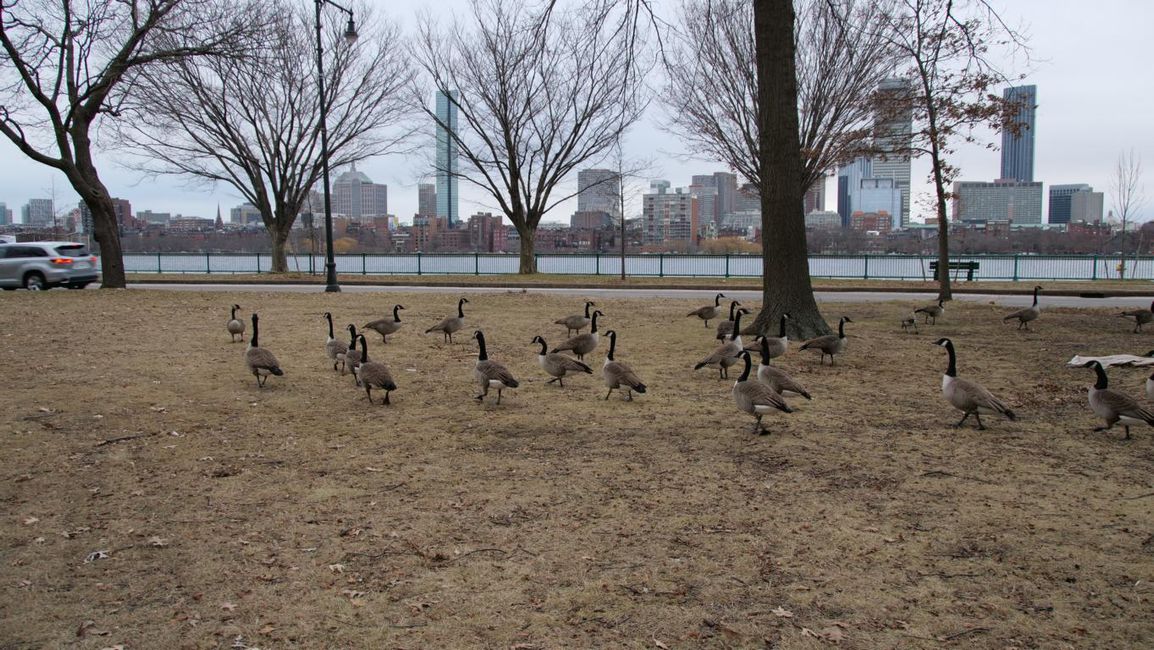
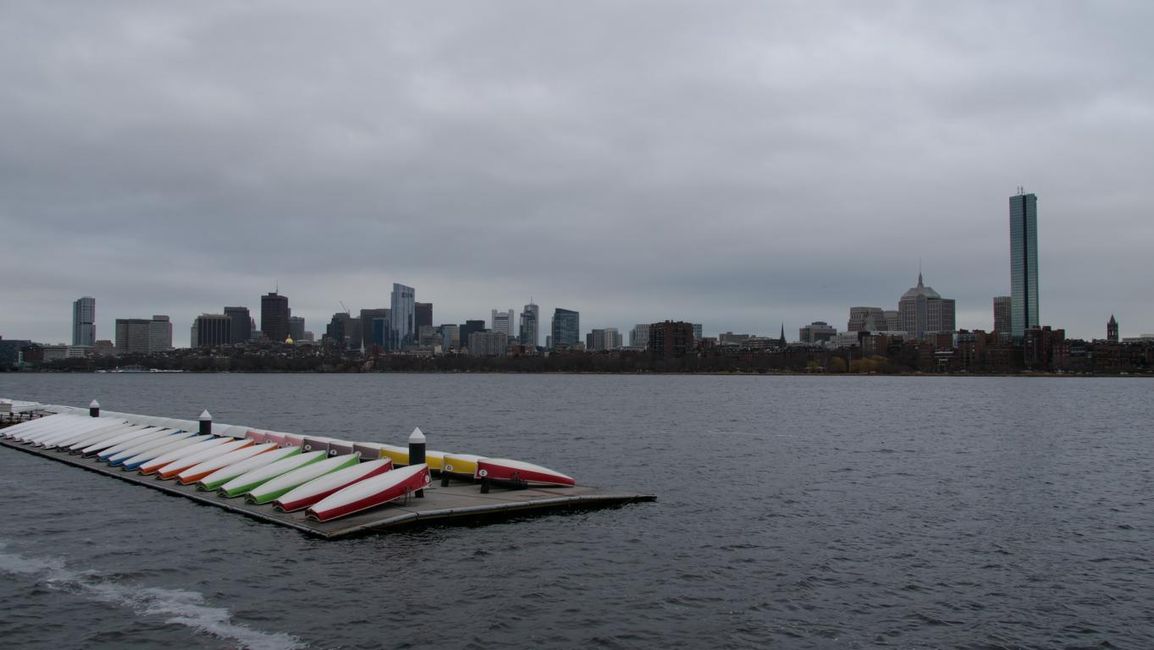
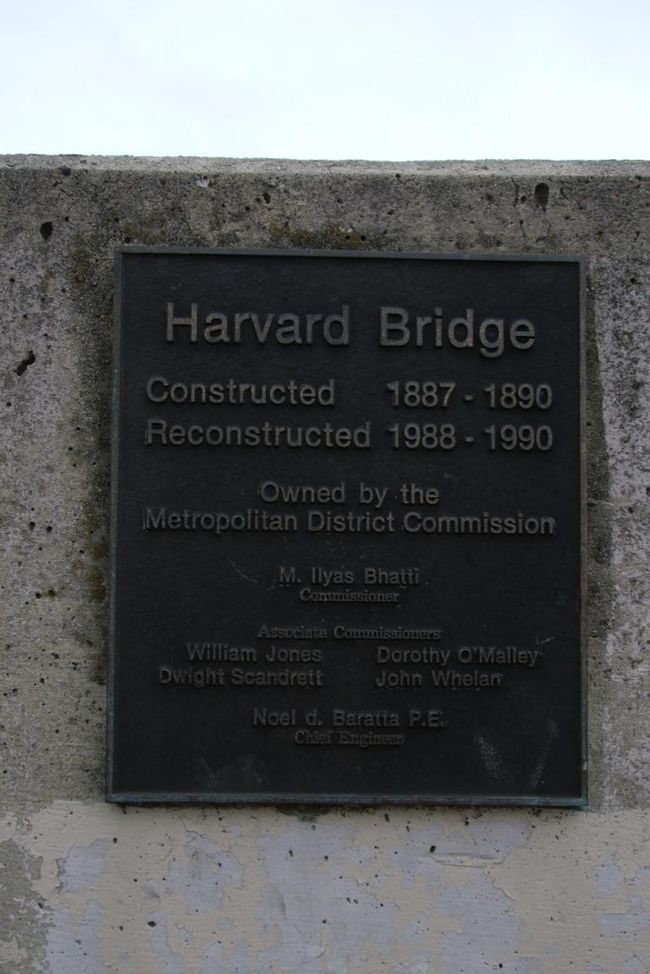
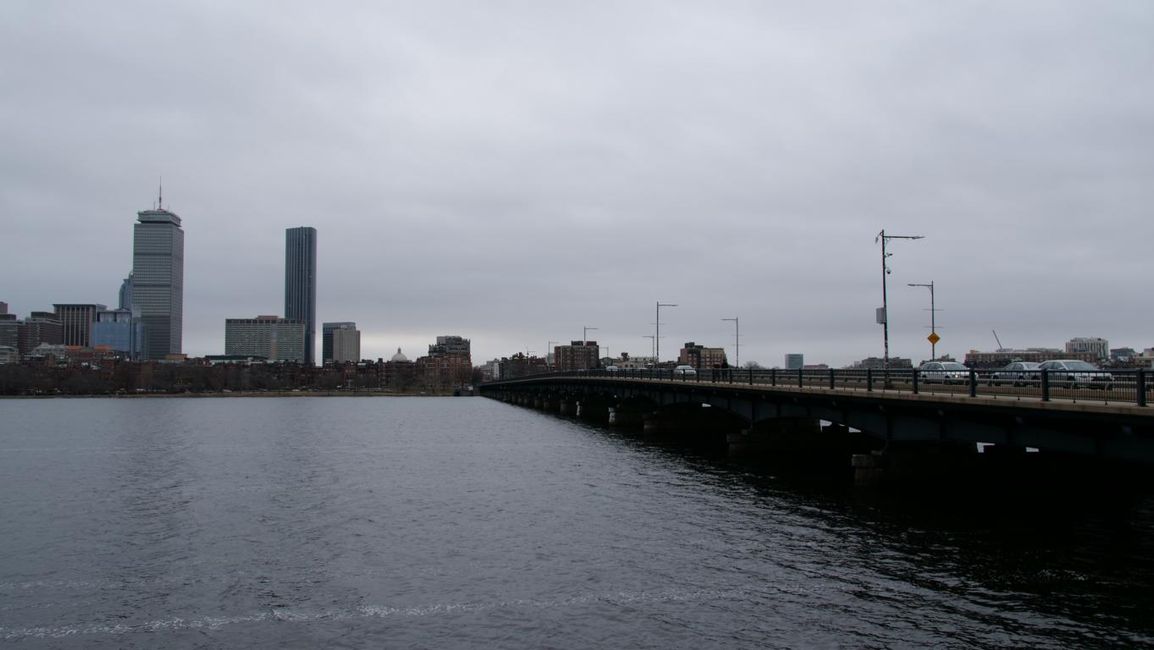
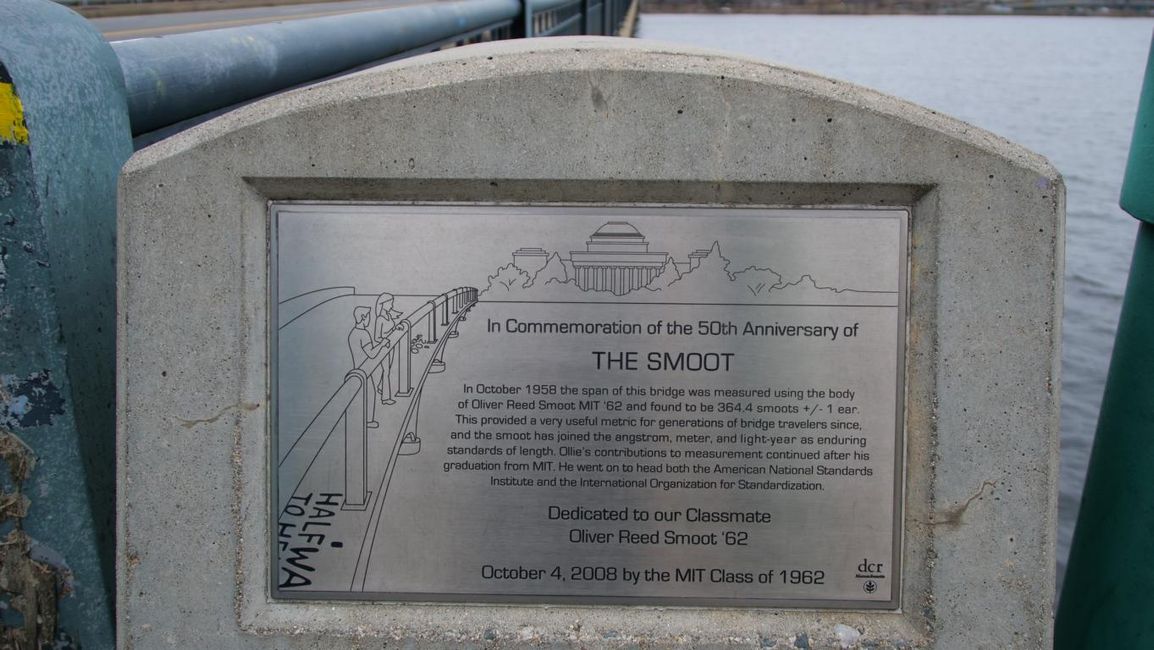
Odebírat novinky
On January 7th, we returned from Niagara Falls in Canada to the USA. Fortunately, this time the entry by land was unproblematic and we received a new entry stamp. So there are also friendly border officials in the USA. We arrived in Boston, the capital and largest city of Massachusetts, in the evening. Boston was founded in 1630 and is one of the oldest cities in the United States. We had two days to explore the city.
Early in the morning, we drove into the city, parked the car, and started our walk. We passed by the Massachusetts State House, which is the state capitol and the government headquarters of the Commonwealth of Massachusetts. We continued through the Boston Common, an old and historic park. In close proximity is the Public Garden with a huge lake in the middle. The park was established in 1837 as the first botanical garden in the United States. Our next stops were the First Church, the Public Library, and the Trinity Church. Of course, Boston also has a cultural center of the Chinese community. So, we also visited Chinatown before heading to the site where the famous Boston Tea Party took place. On December 16, 1773, Boston citizens disguised as Indians threw three shipments of tea, a total of 342 chests, of the British East India Company into the harbor basin. It was an act of resistance against British colonial policy. Now we deserved a lunch, and we had it in the historic Quincy Market building. After our meal, we continued our walk through the city. On the so-called Freedom Trail, a 4-kilometer circuit passing historic sites that illustrate the country's founding history, we could see that the city played a central role in the Revolutionary War. At the end of the trail is the USS Constitution Museum and nearby is the ship itself. We looked around the museum and on the frigate of the United States Navy before heading to the Bunker Hill Monument. It is a granite obelisk with a height of 64 meters, erected between 1827 and 1843 in honor of the Battle of Bunker Hill. We took on the 294 steps to enjoy a magnificent view of the city.
The next morning, we went to Cambridge, a suburb of Boston. The city was named after the English city of Cambridge, as the founding fathers of the city had studied there. Cambridge is known for the private Harvard University and the Massachusetts Institute of Technology. We parked our car again and walked around. We started our tour at the oldest part of the university, the Harvard Yard. It is considered the origin of Harvard University. The educational institution was founded in 1636, making it the oldest university in the United States. It offers education in 9 faculties, has 7 libraries, and 5 museums. It has been one of the best international universities for generations. About 24,000 students from 151 different countries study here diligently. We didn't do that, but we visited the campus and some buildings that are open to the public. This included the Harvard Memorial Church, in honor of Harvard graduates who died since World War I, the Harvard Memorial Hall, and the Fine Arts Library. Close by, but no longer on the Harvard grounds, we discovered the Civil War Monument and the Old Burial Ground, a historic cemetery opened in 1635. At the Harvard Book Store, we admired the many merchandise items of Harvard University, and then we made our way to MIT, the Massachusetts Institute of Technology. We passed by the Old Cambridge Baptist Church and the Cambridge City Hall, the city's town hall. The closer we got to MIT, the more interesting the architecture of the buildings became. MIT is a private university of technology. It was founded in 1861 and was the first to train chemical engineers and incorporate economics, social sciences, and humanities into engineering education. On the campus, we could see many original buildings, such as the Department of Earth, the Auditorium, the MIT Chapel, and various student dormitories. The university is located on the Charles River, so we also had a view of the Boston skyline. As the last special attraction of our stay in Boston, we saw the Harvard Bridge, also known as the Smoot Bridge. It is named after Oliver R. Smoot, who served as a measure for the Harvard Bridge during a pledge event for Lambda Chi Alpha at MIT in October 1958. A Smoot is equivalent to his height and measures 1.7018 meters. The length of the bridge was determined to be 364.4 Smoots plus or minus one ear. The traces of the measurement process on the bridge can still be seen today.
Now we had to say goodbye to Boston. We drove to Newark and spent one more night here.
Odebírat novinky
Odpovědět
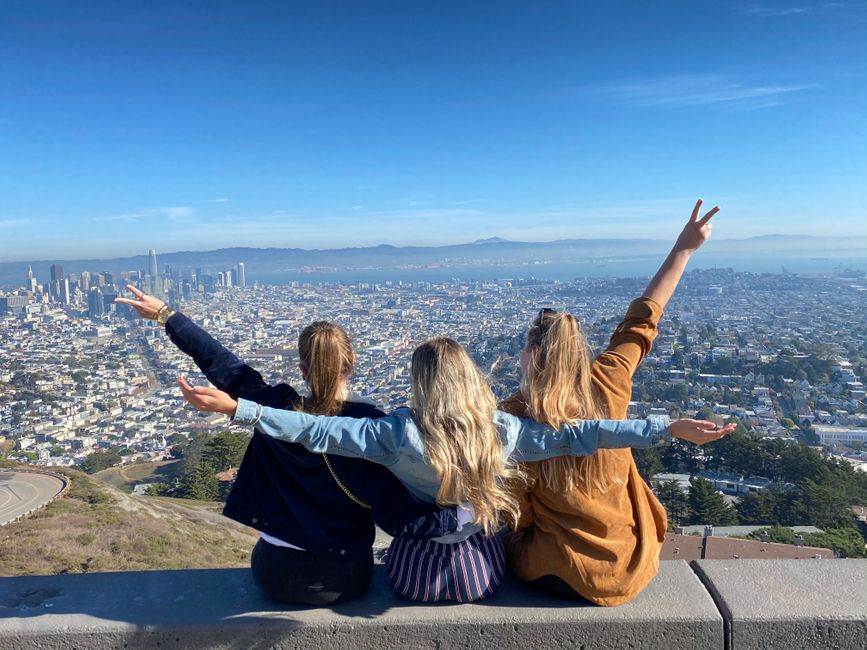
Cestovní přehledy USA
